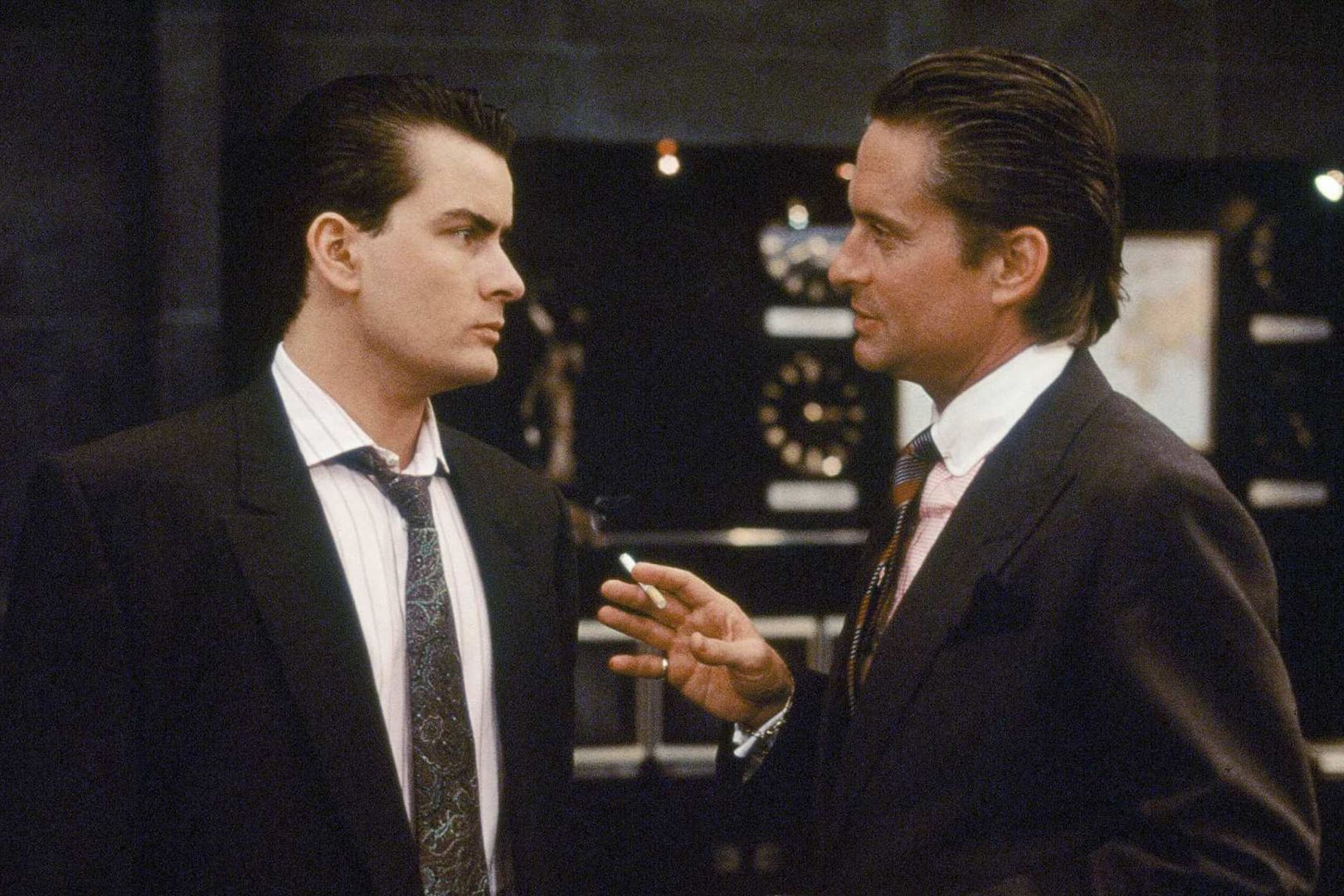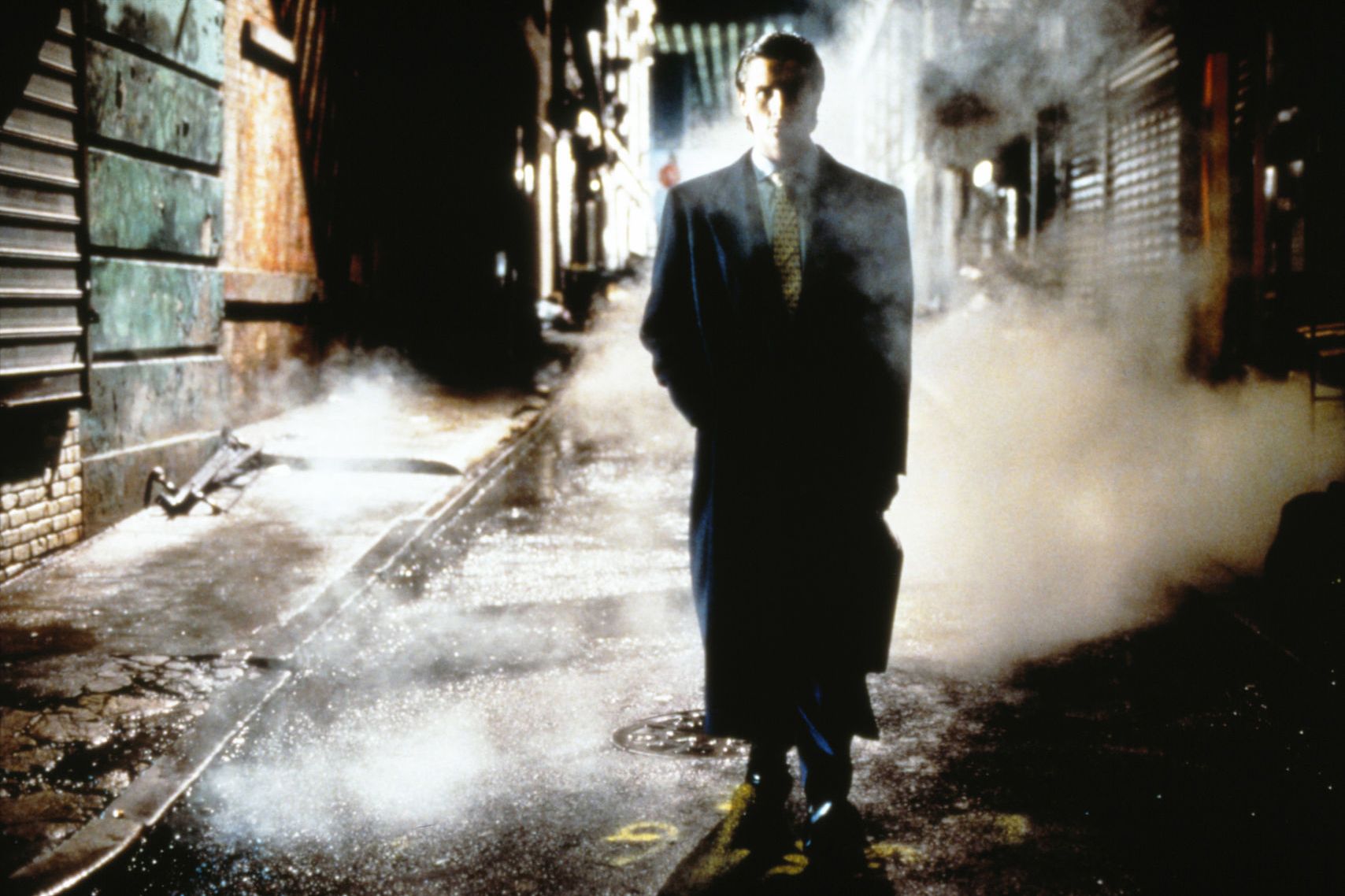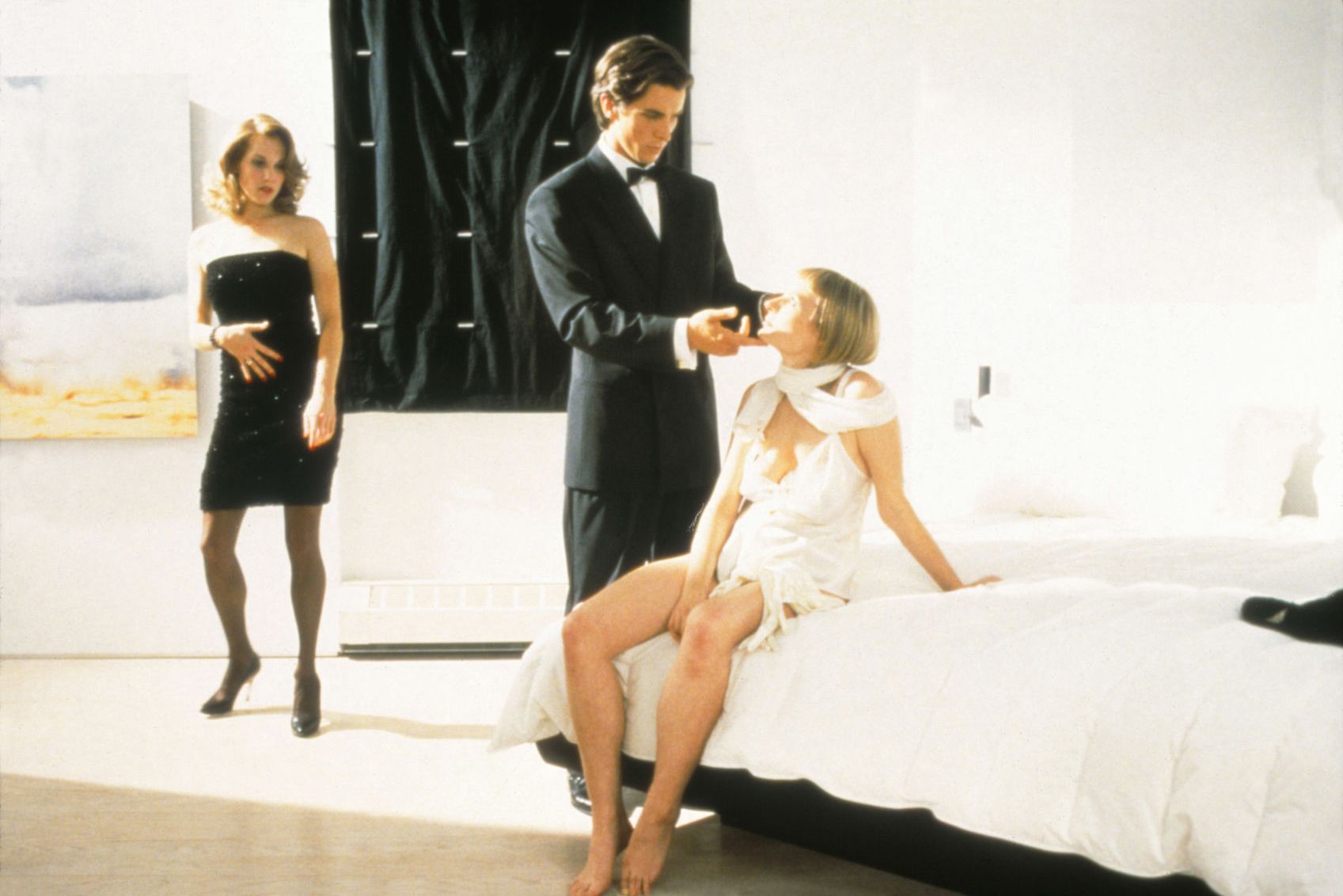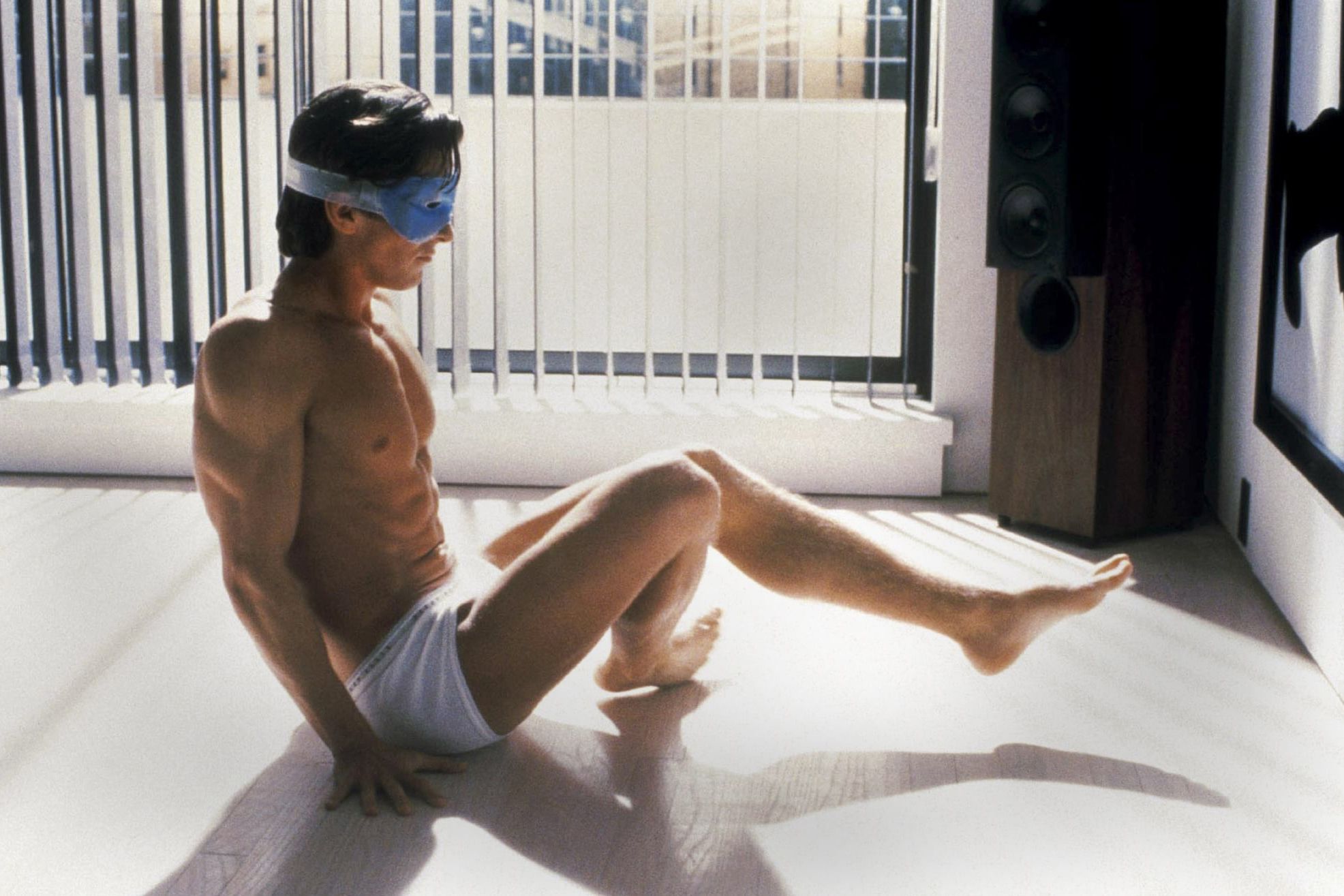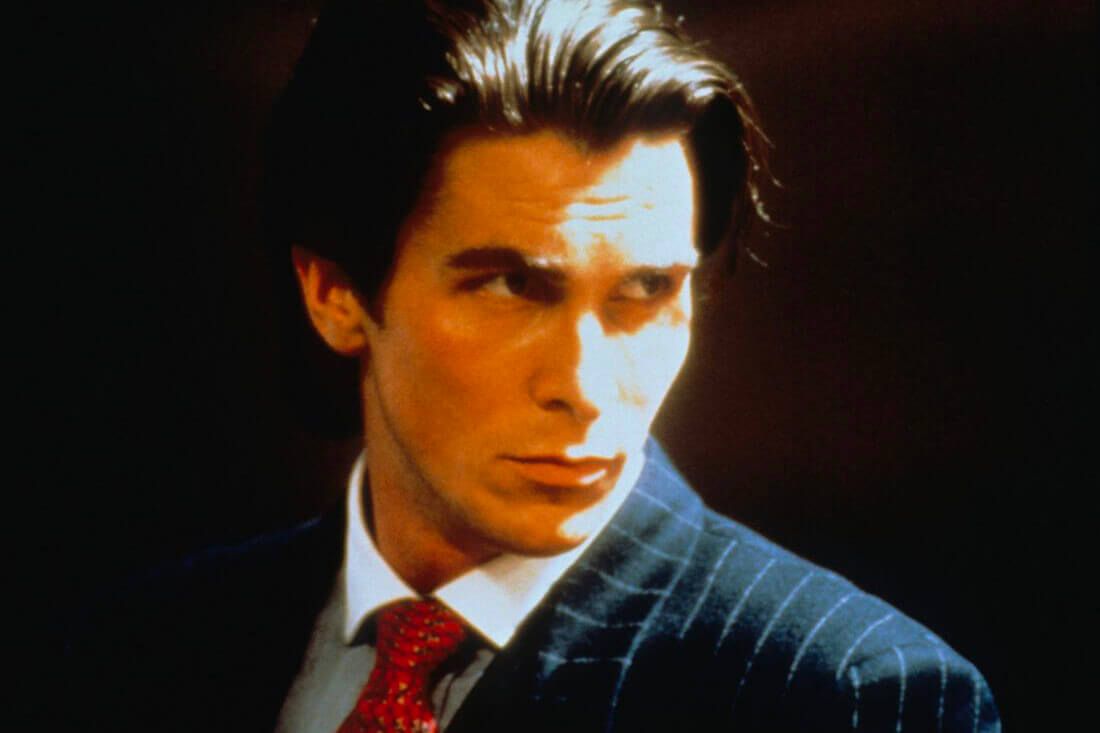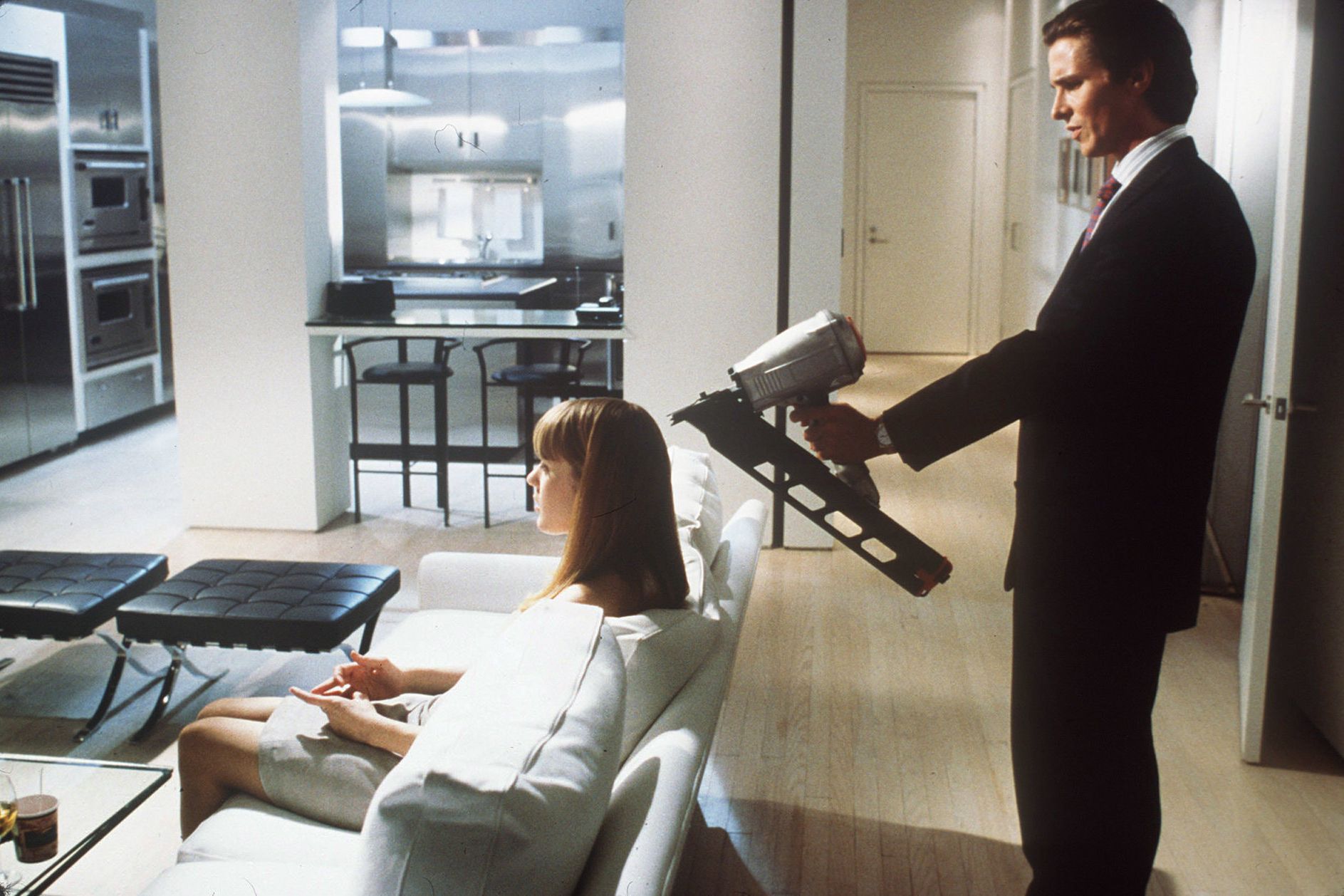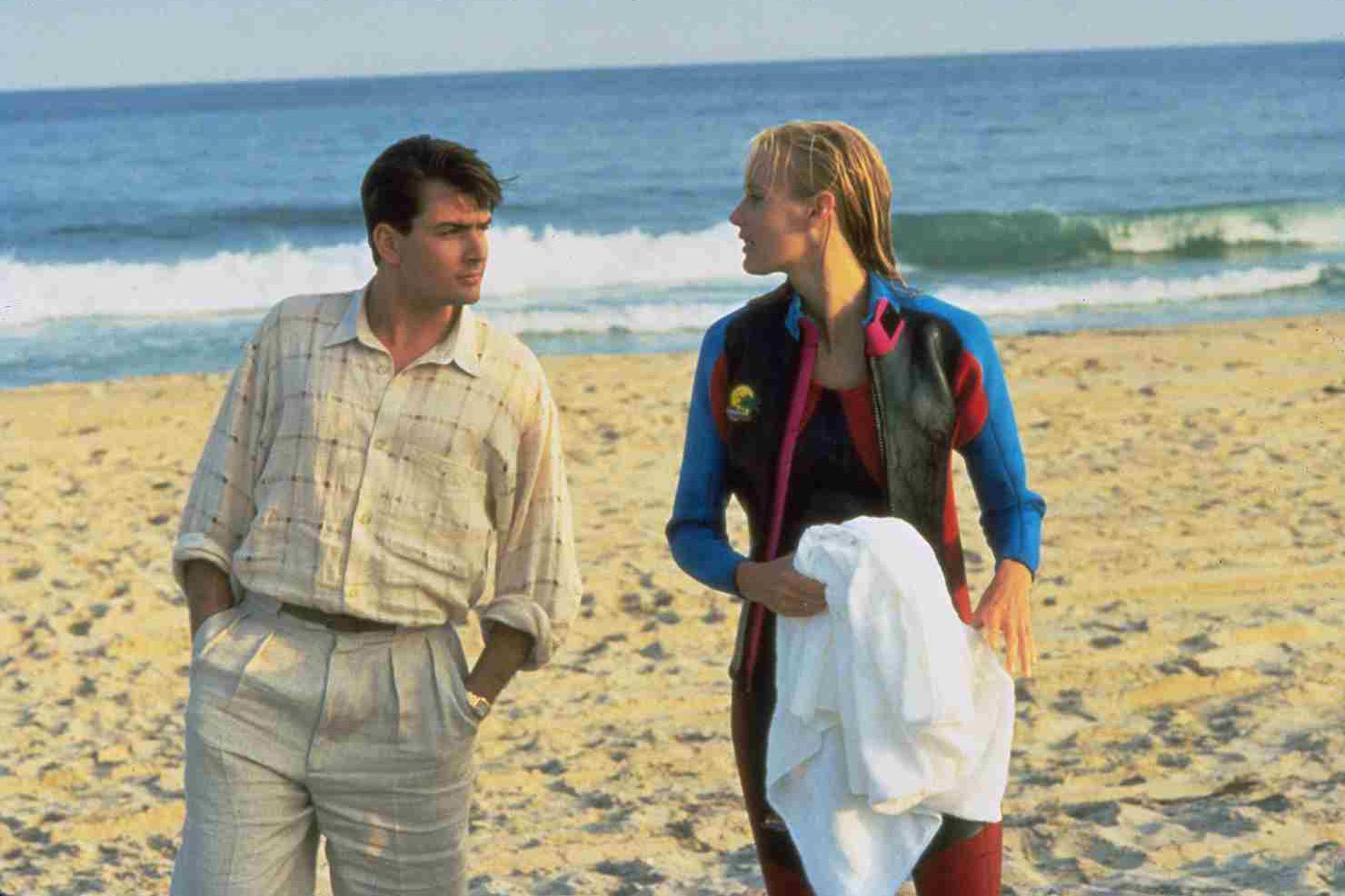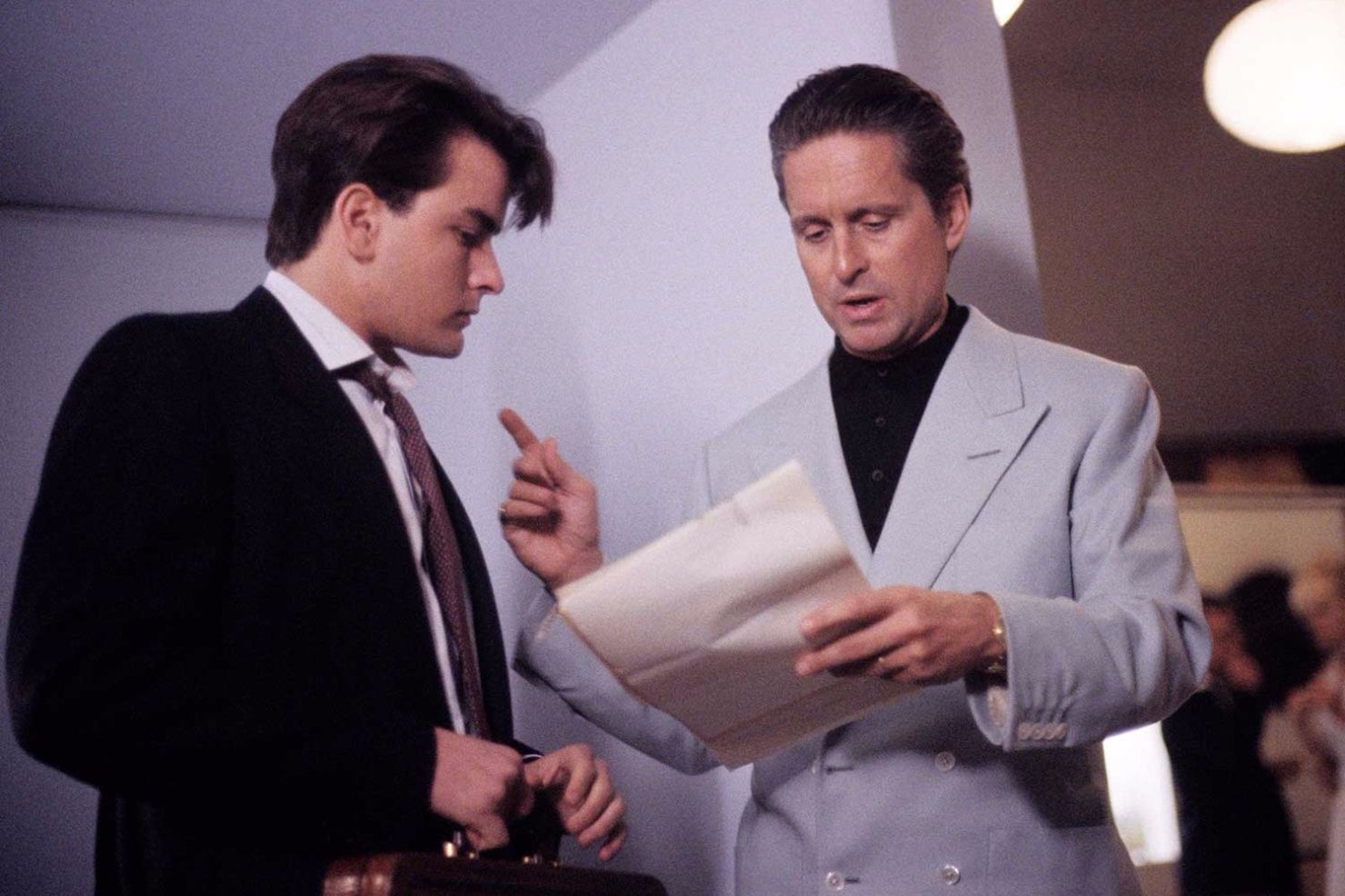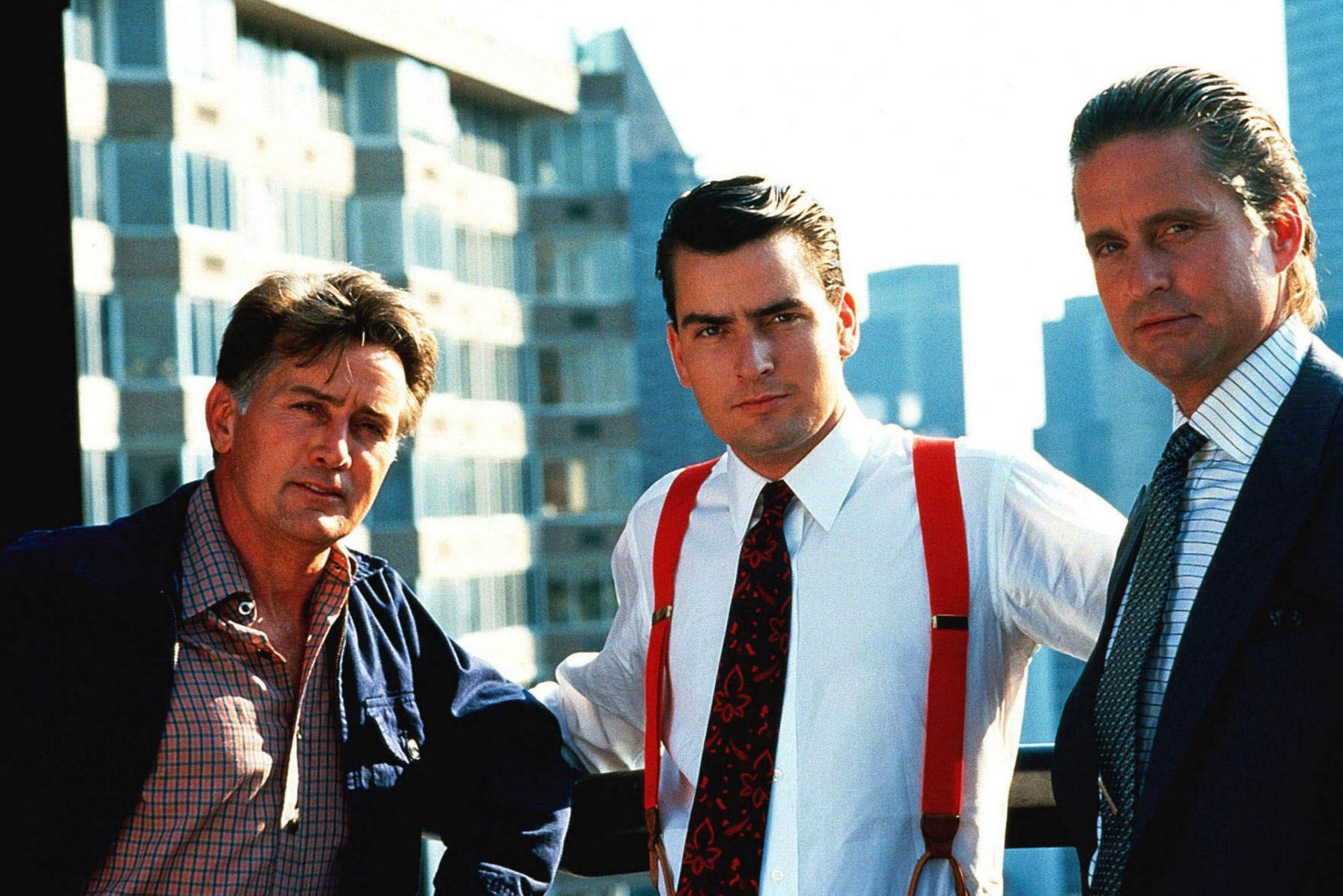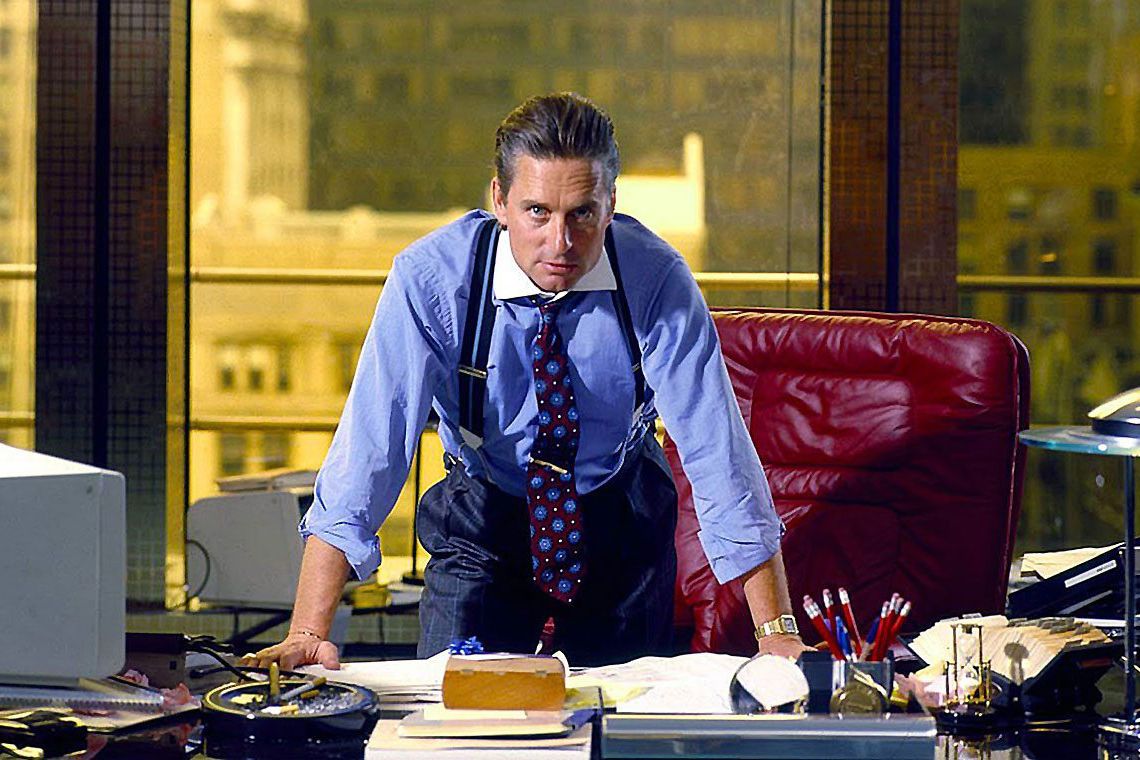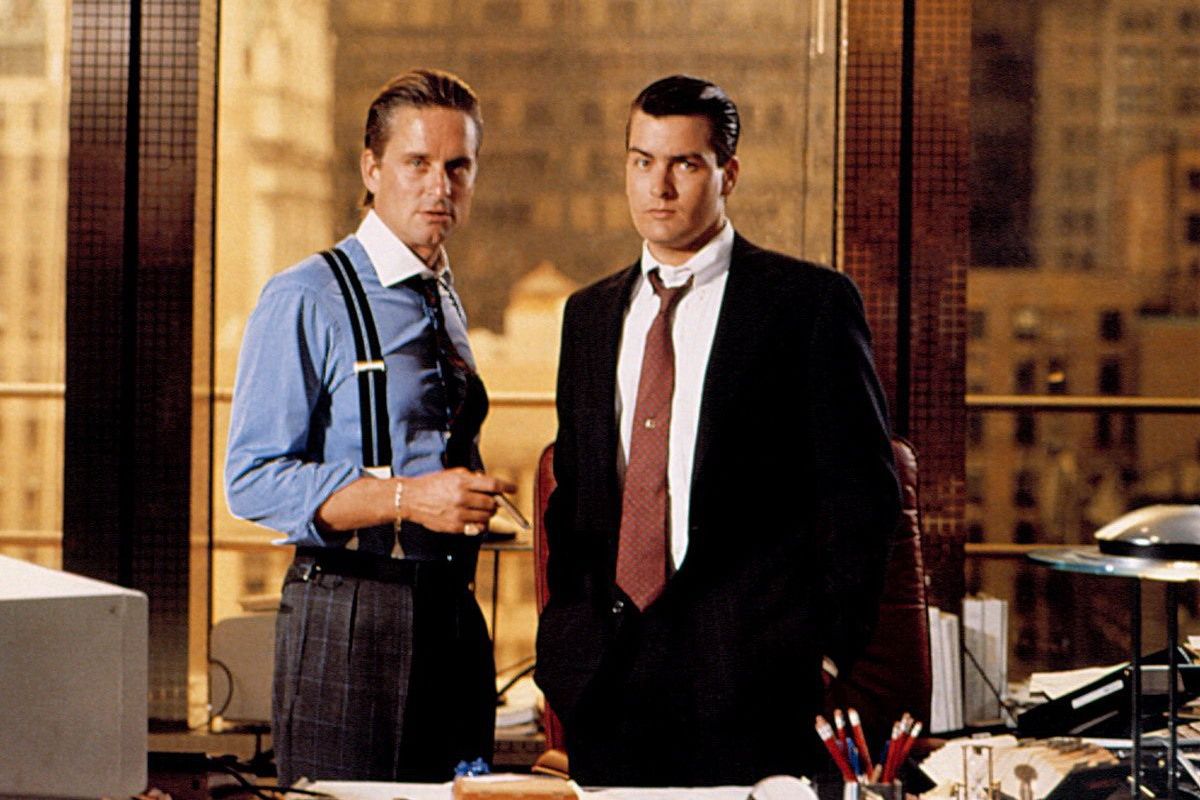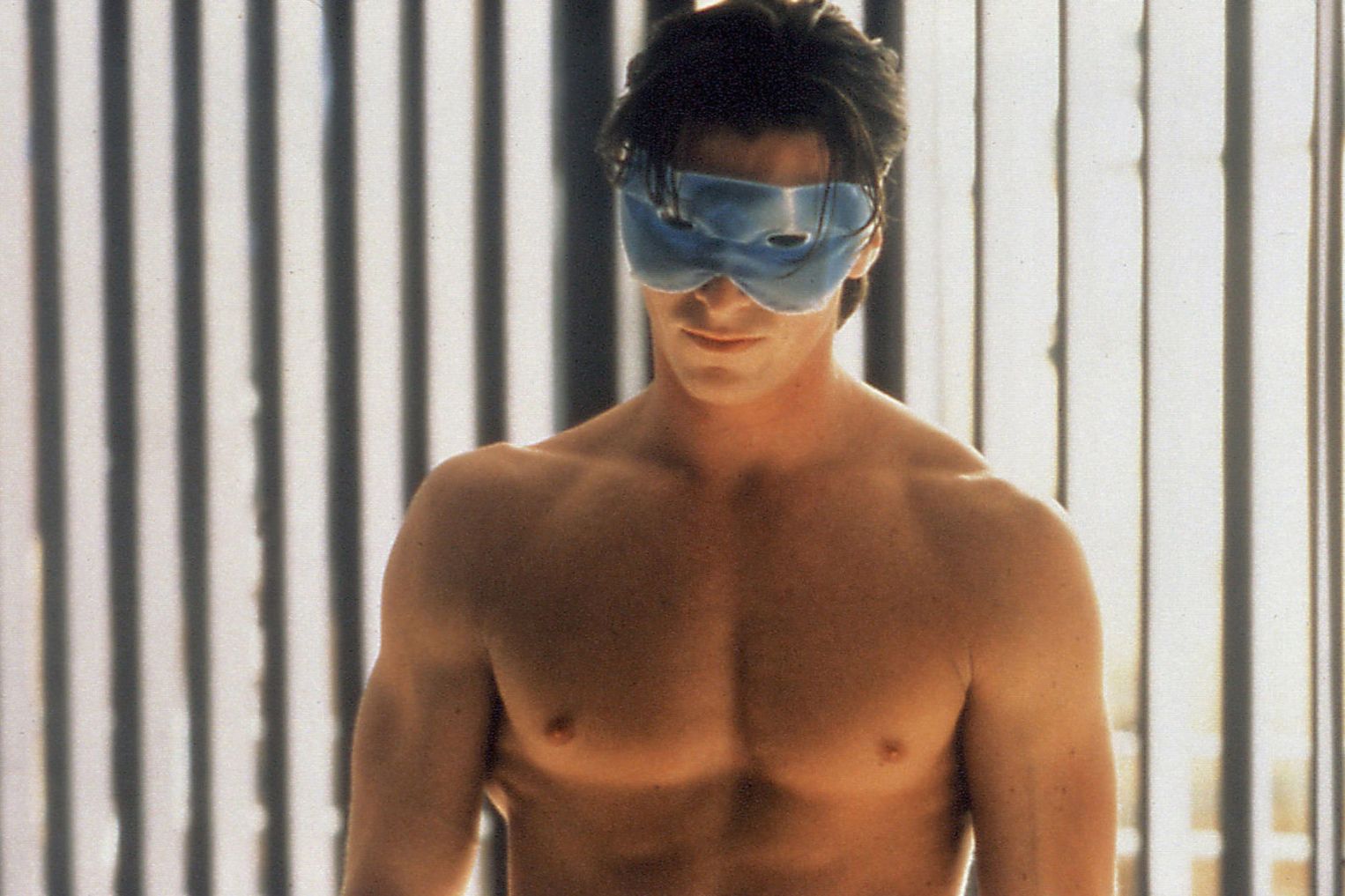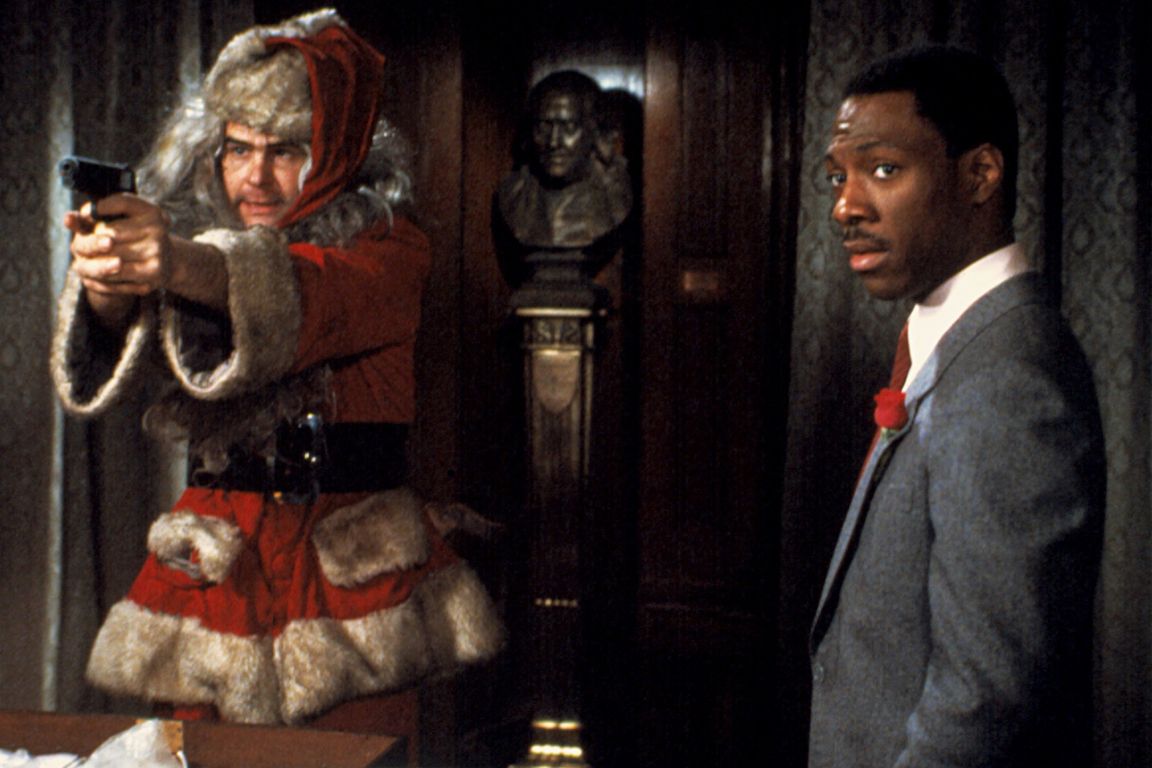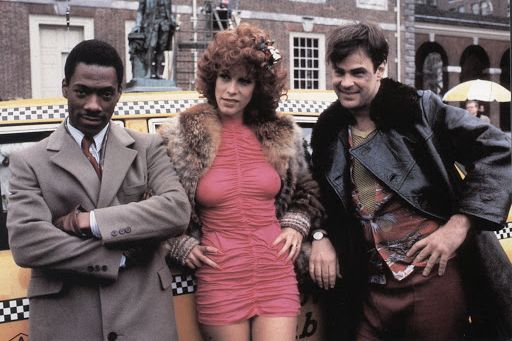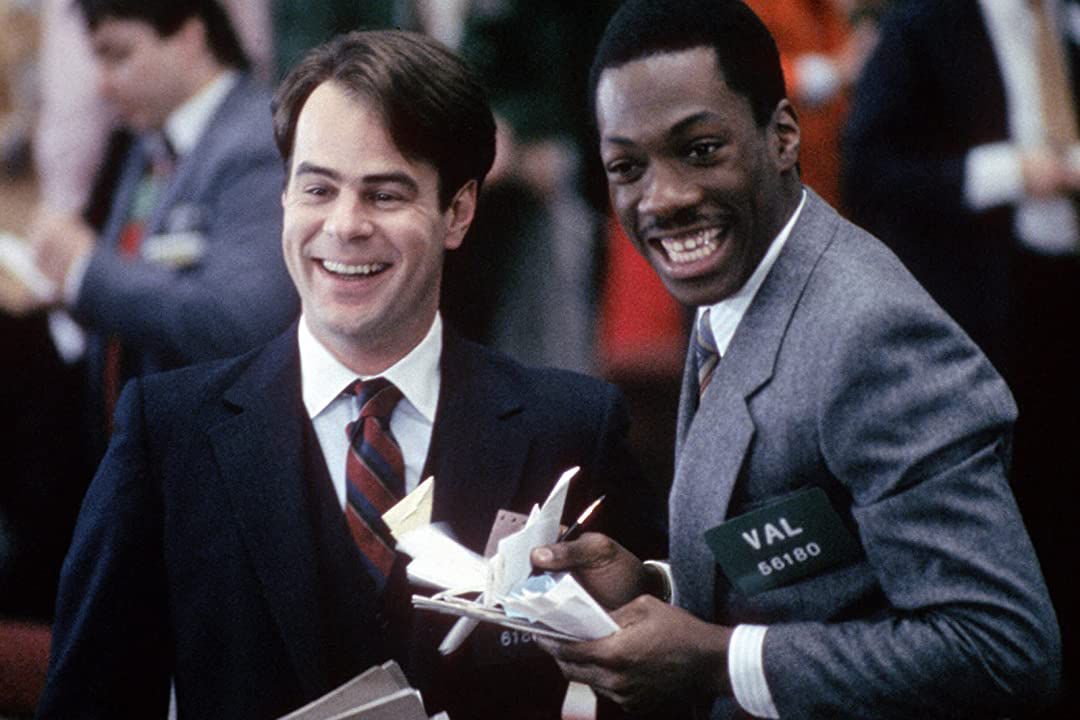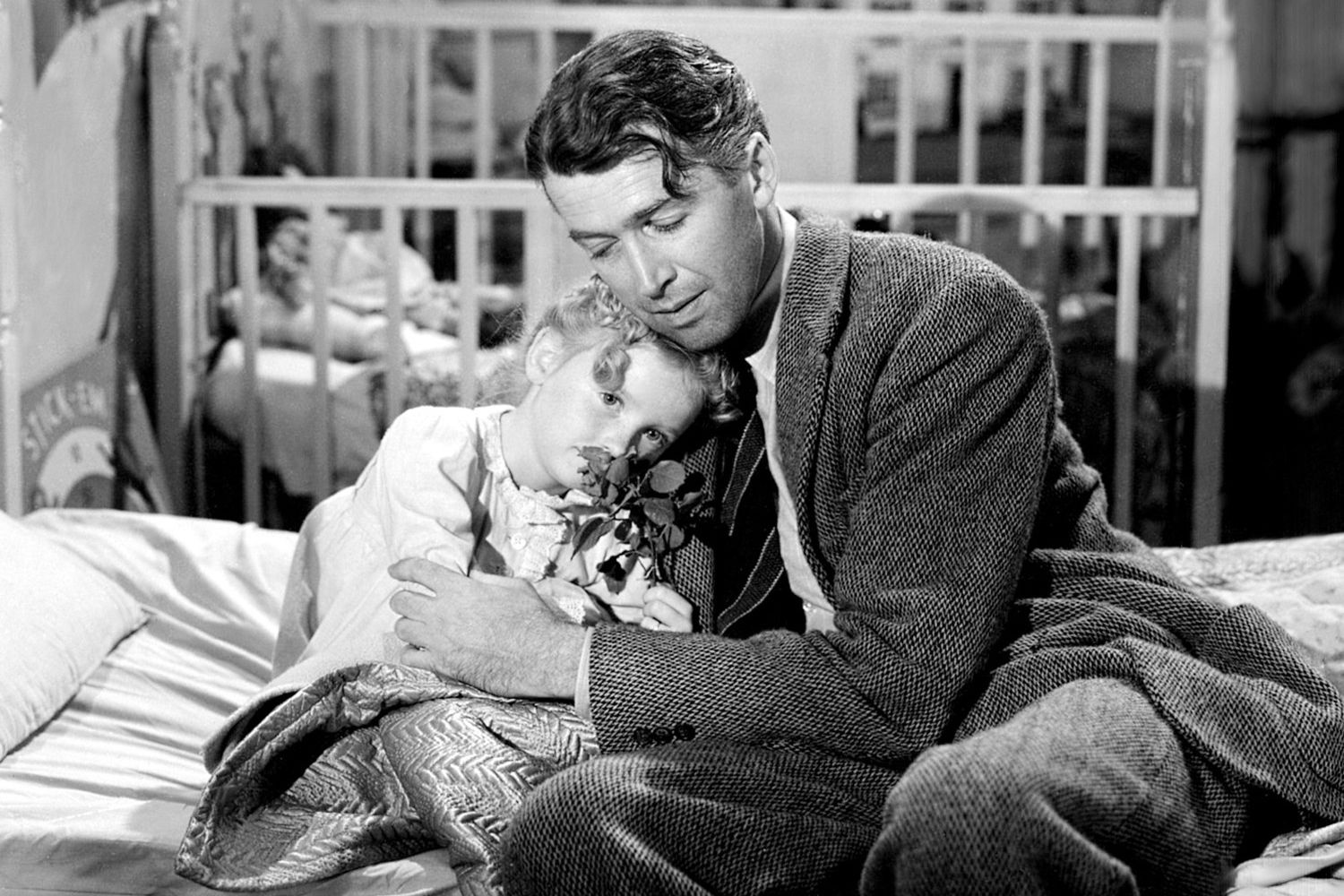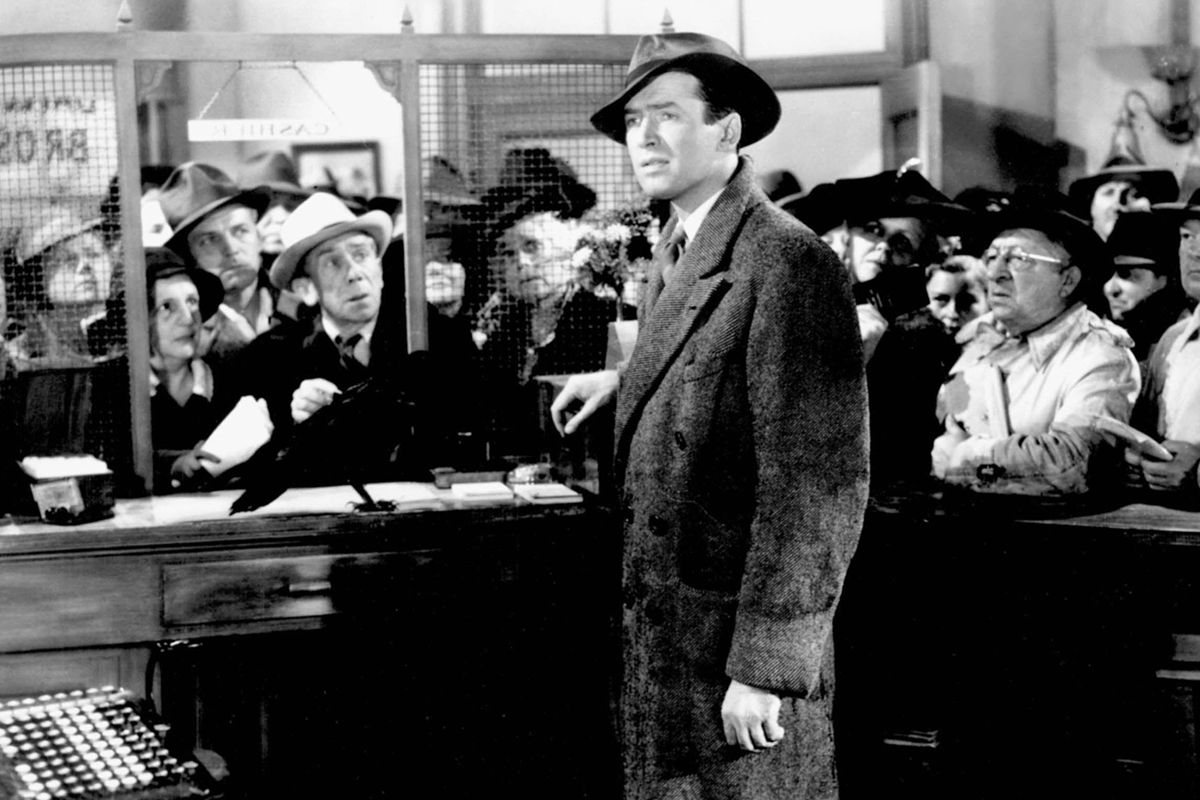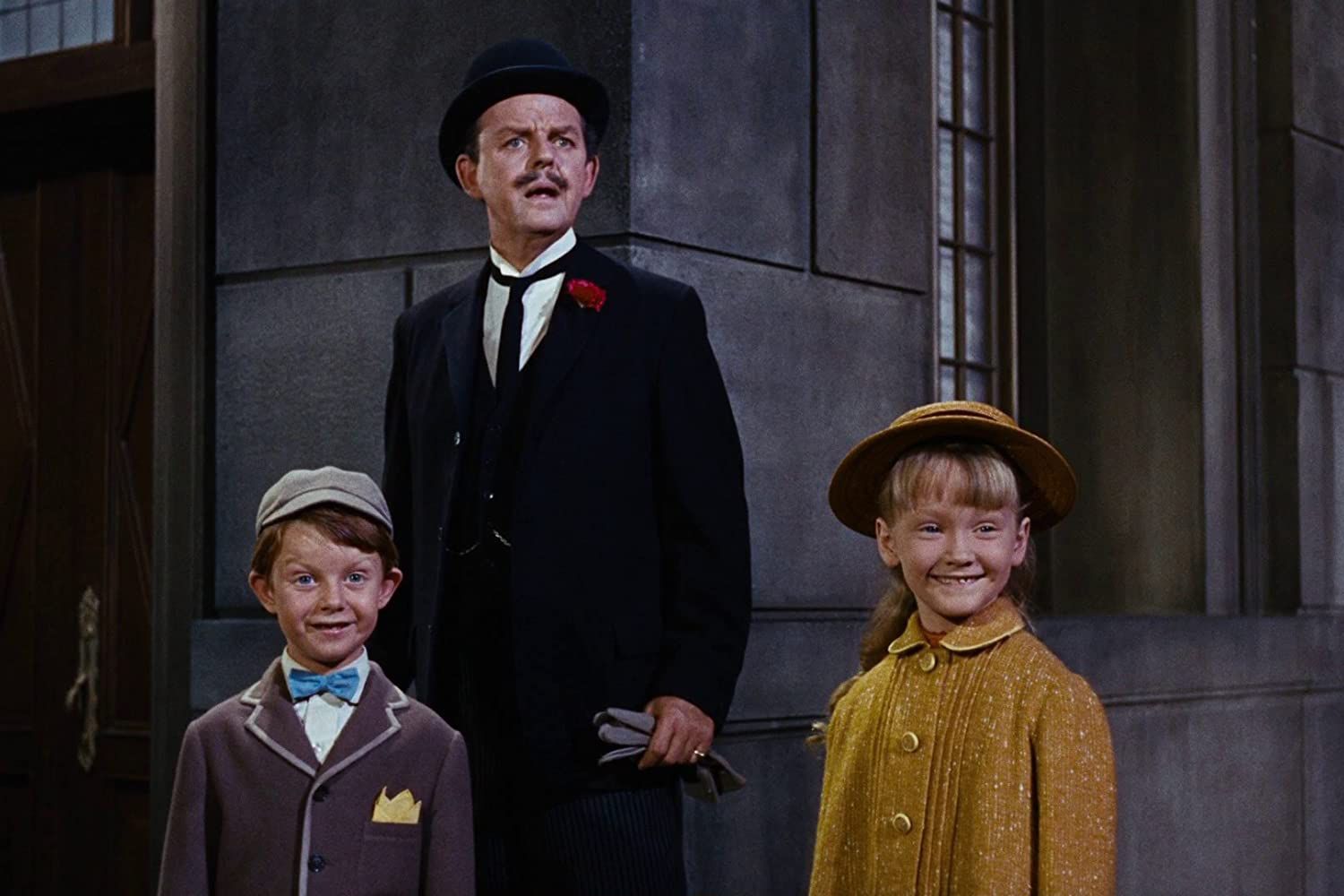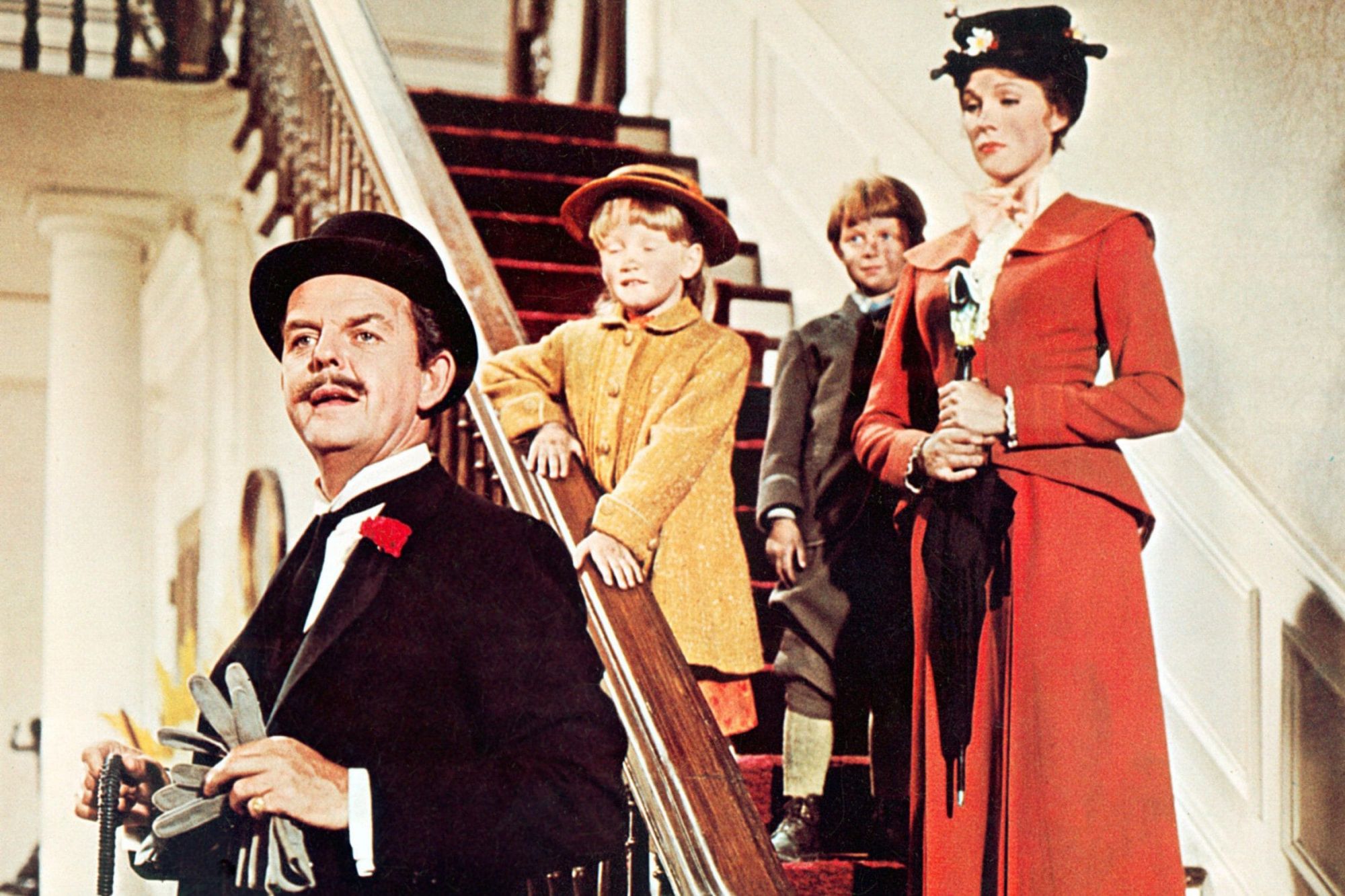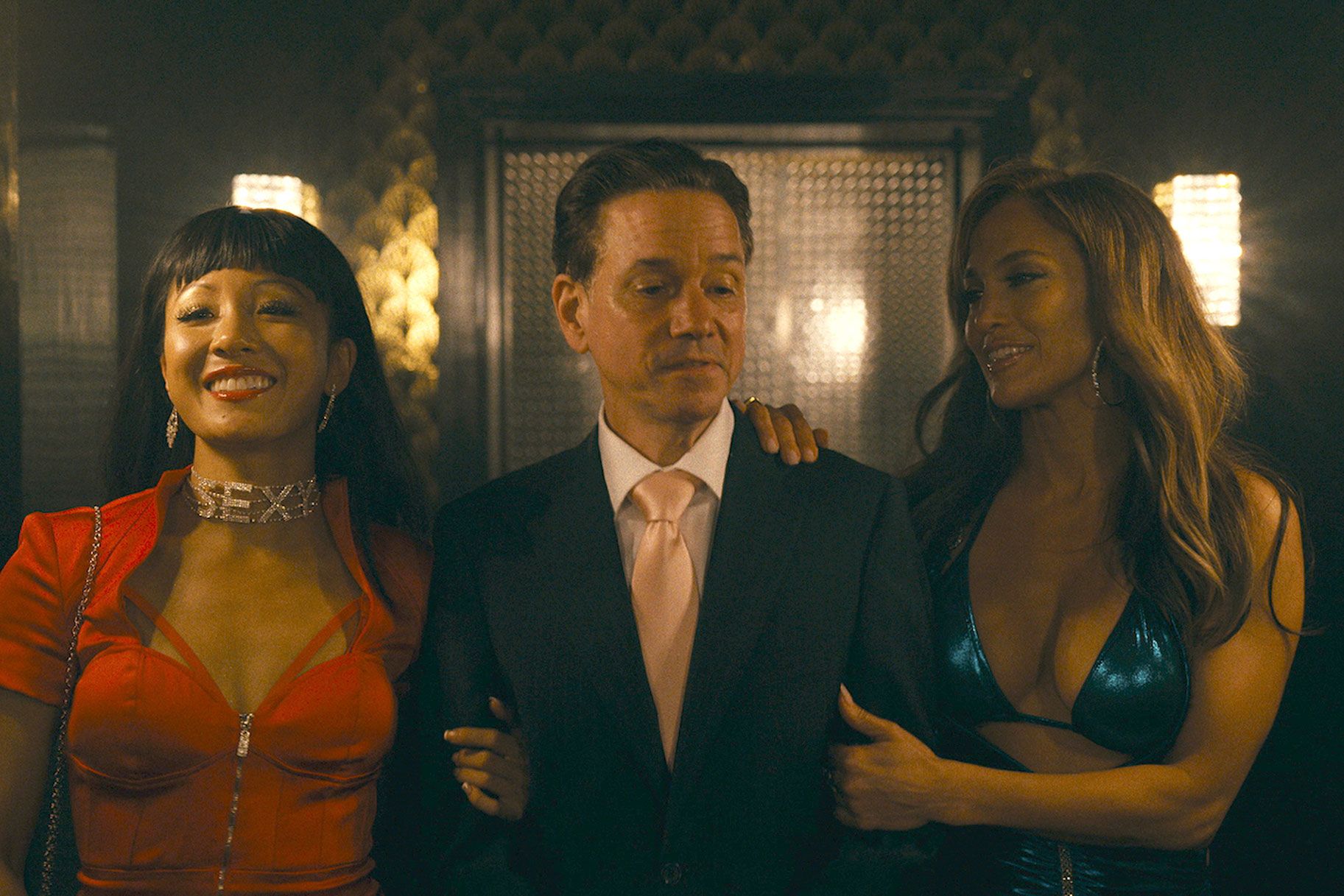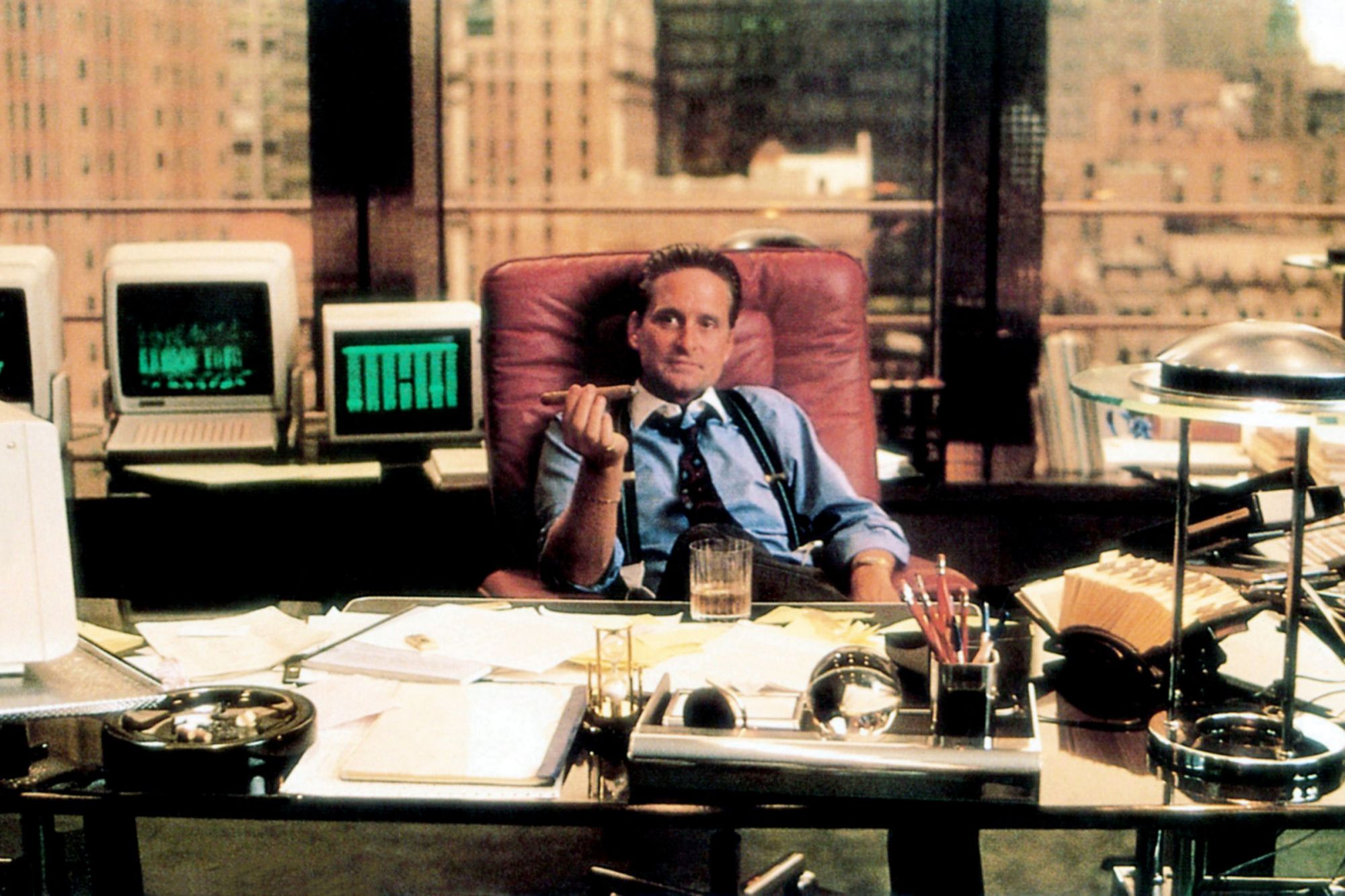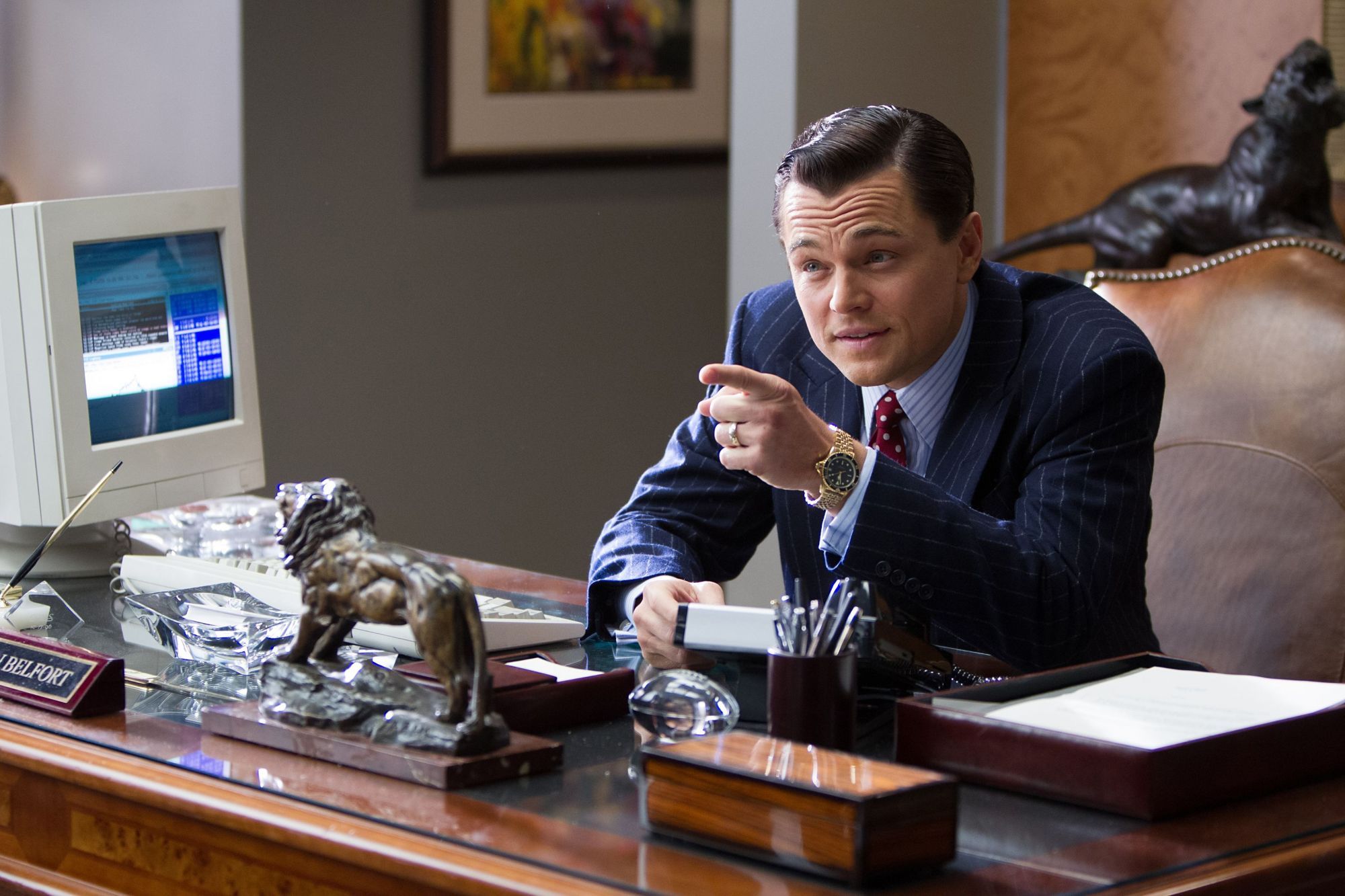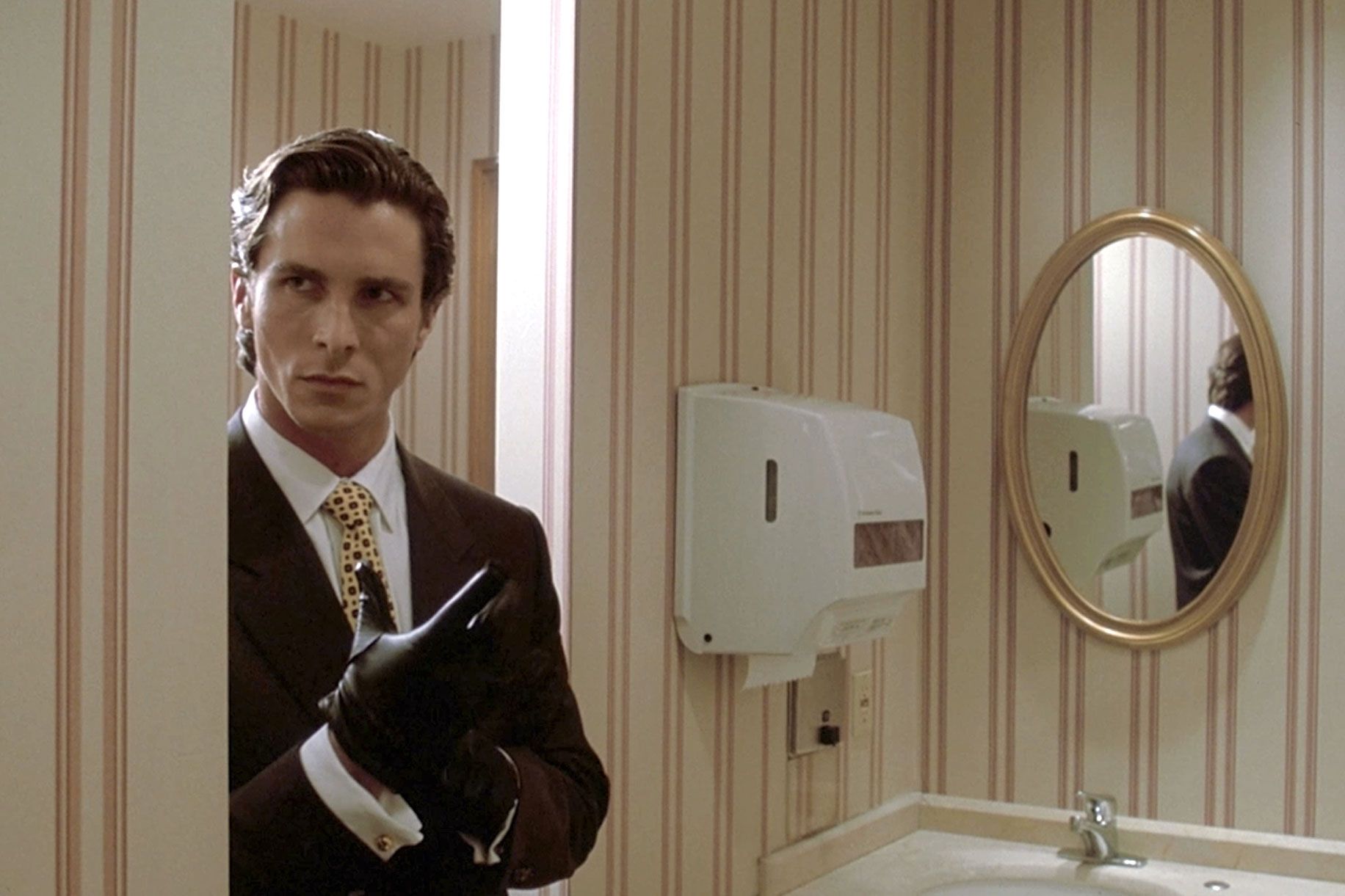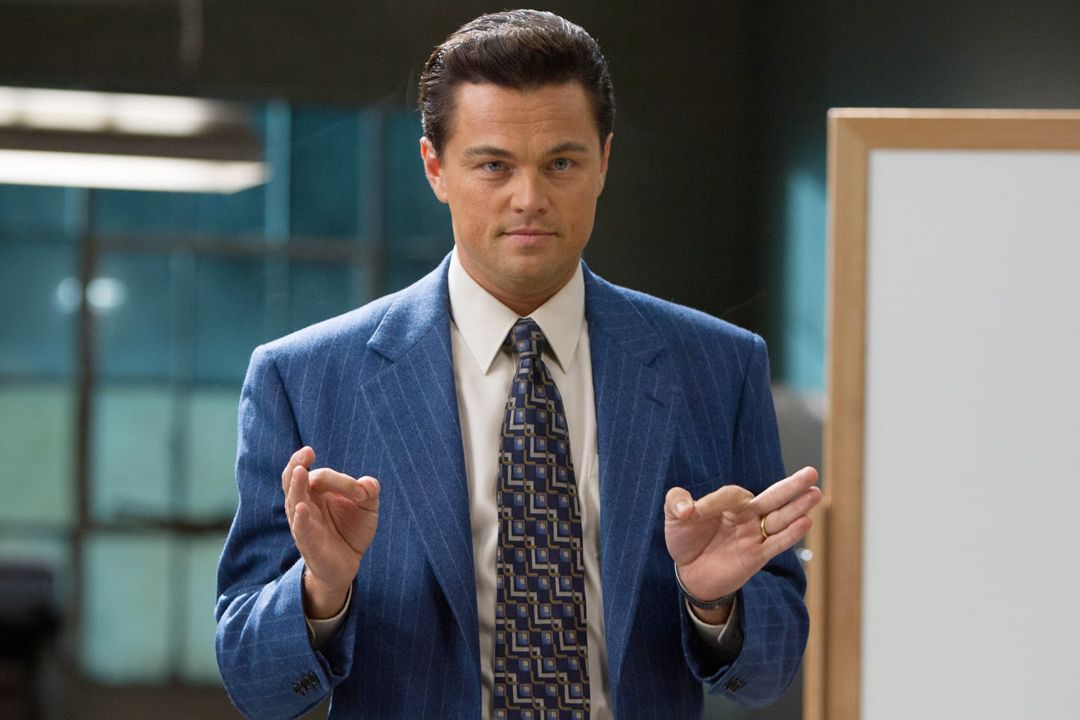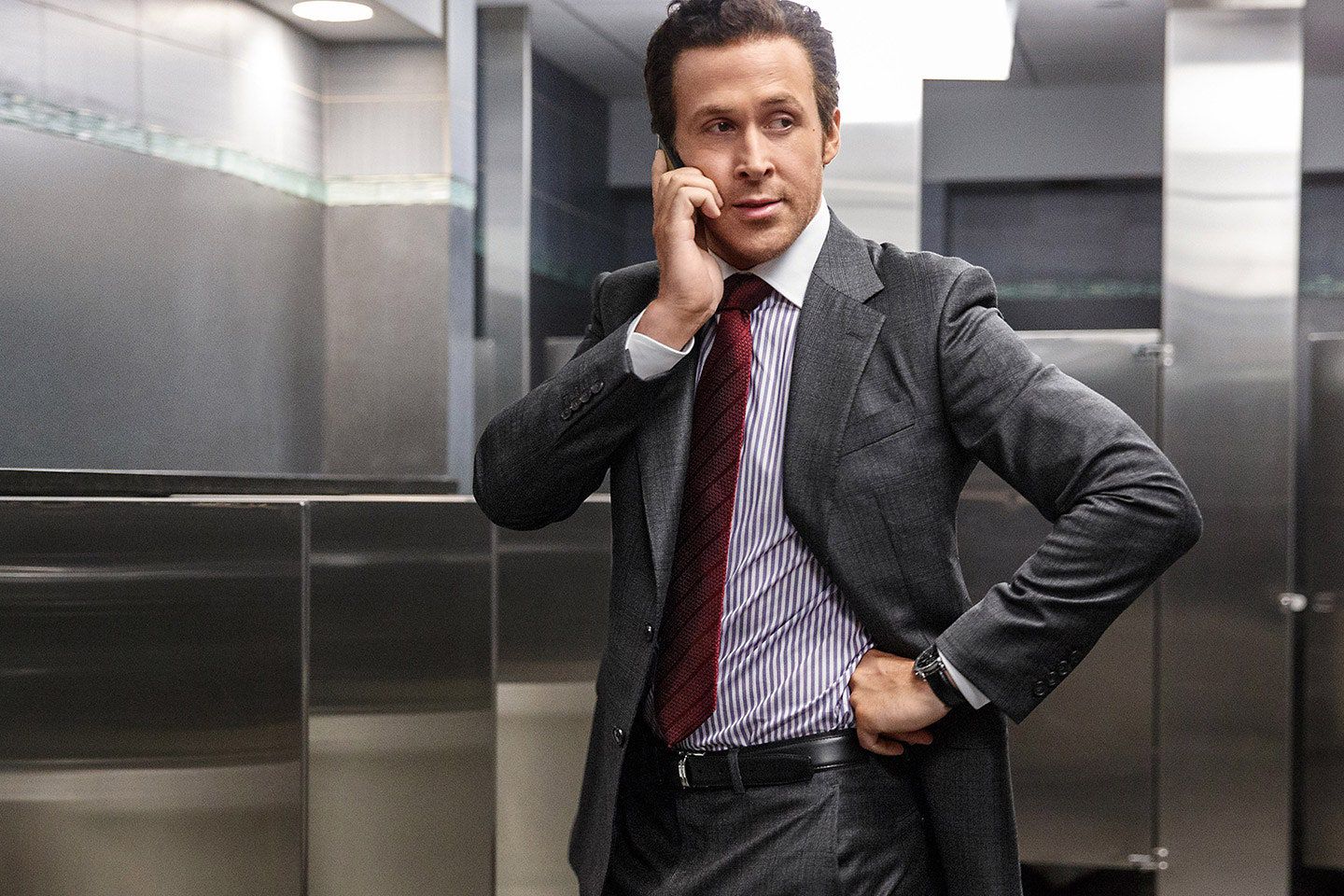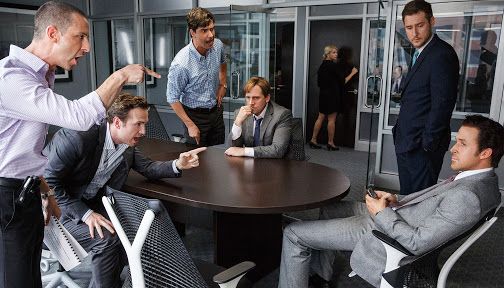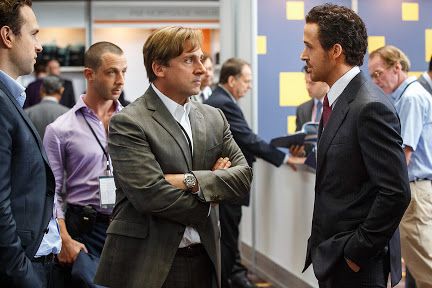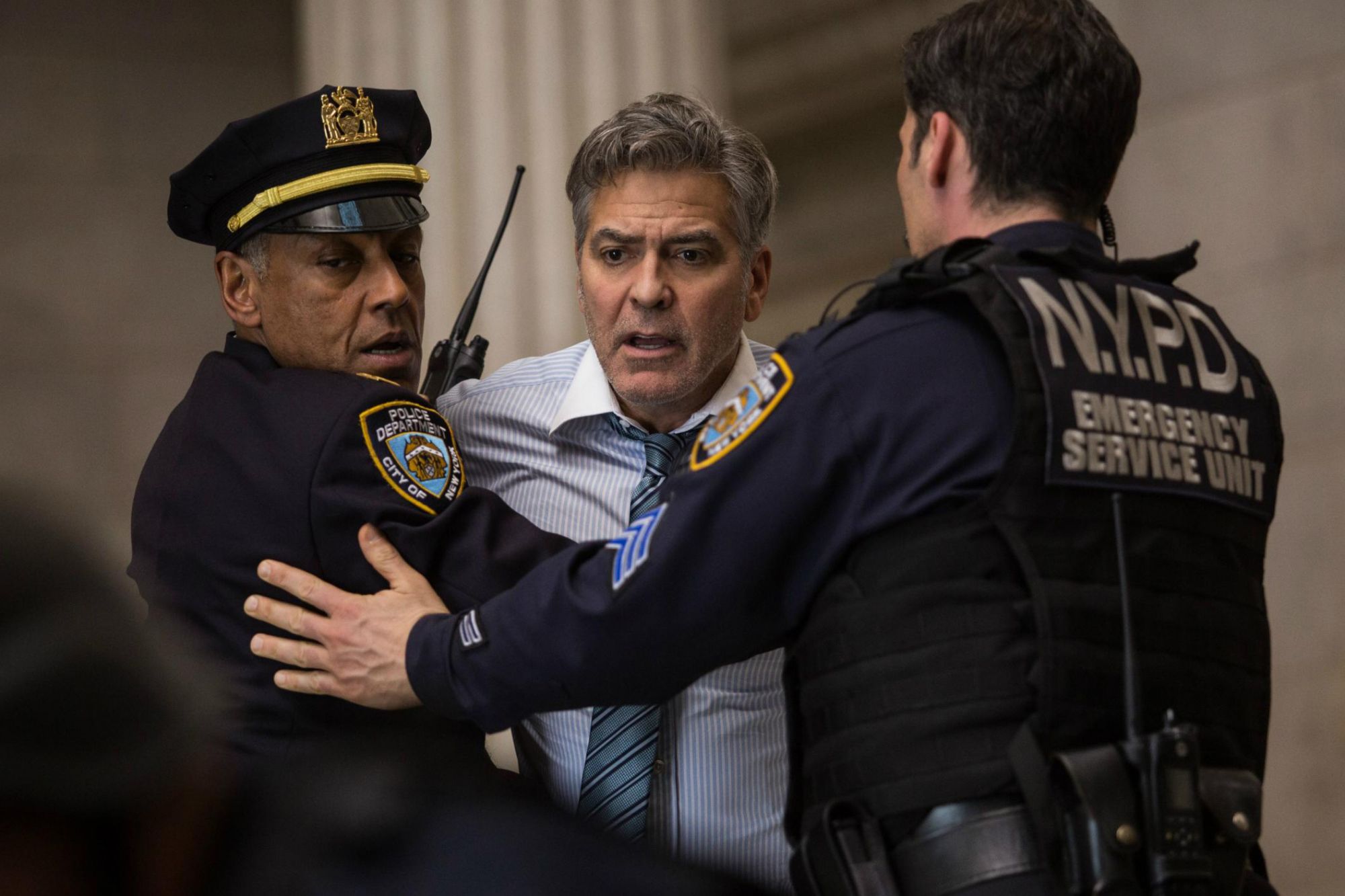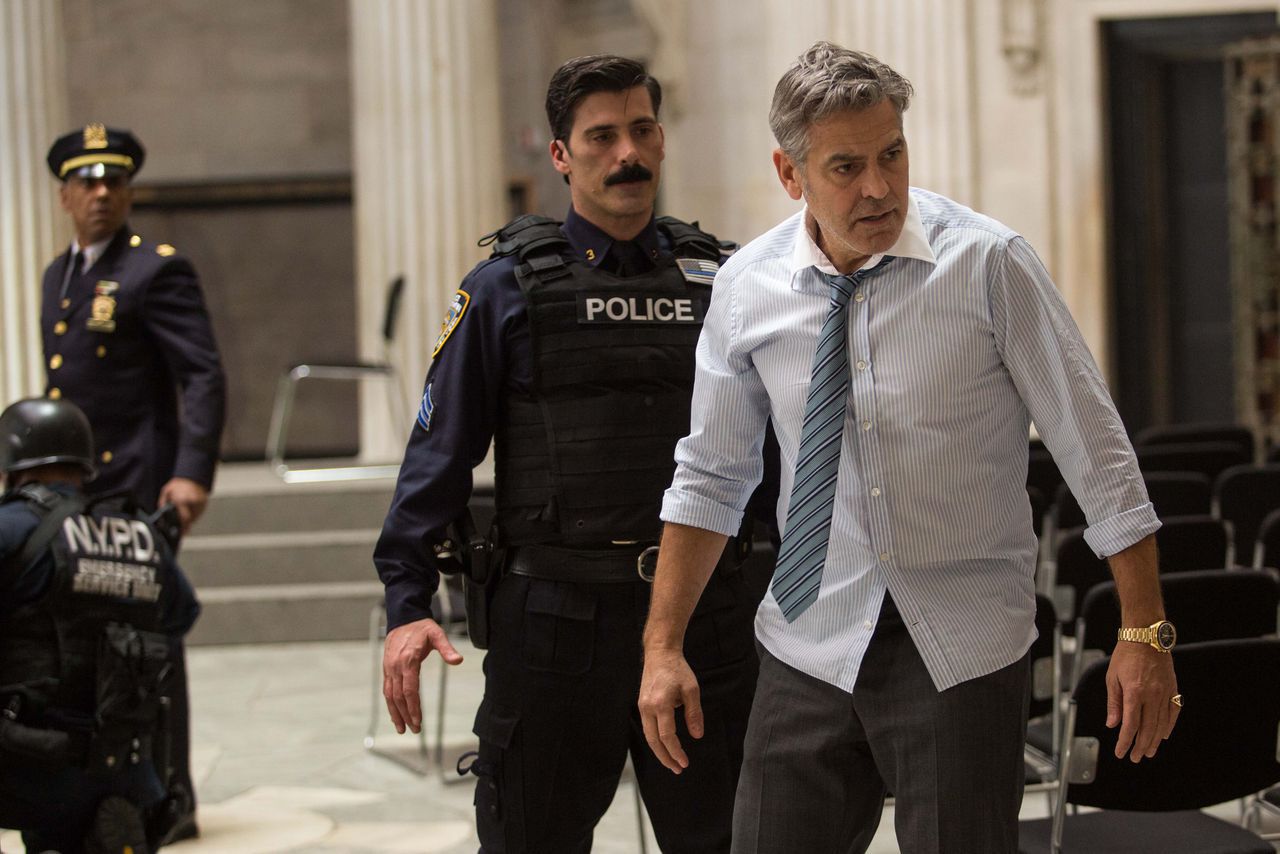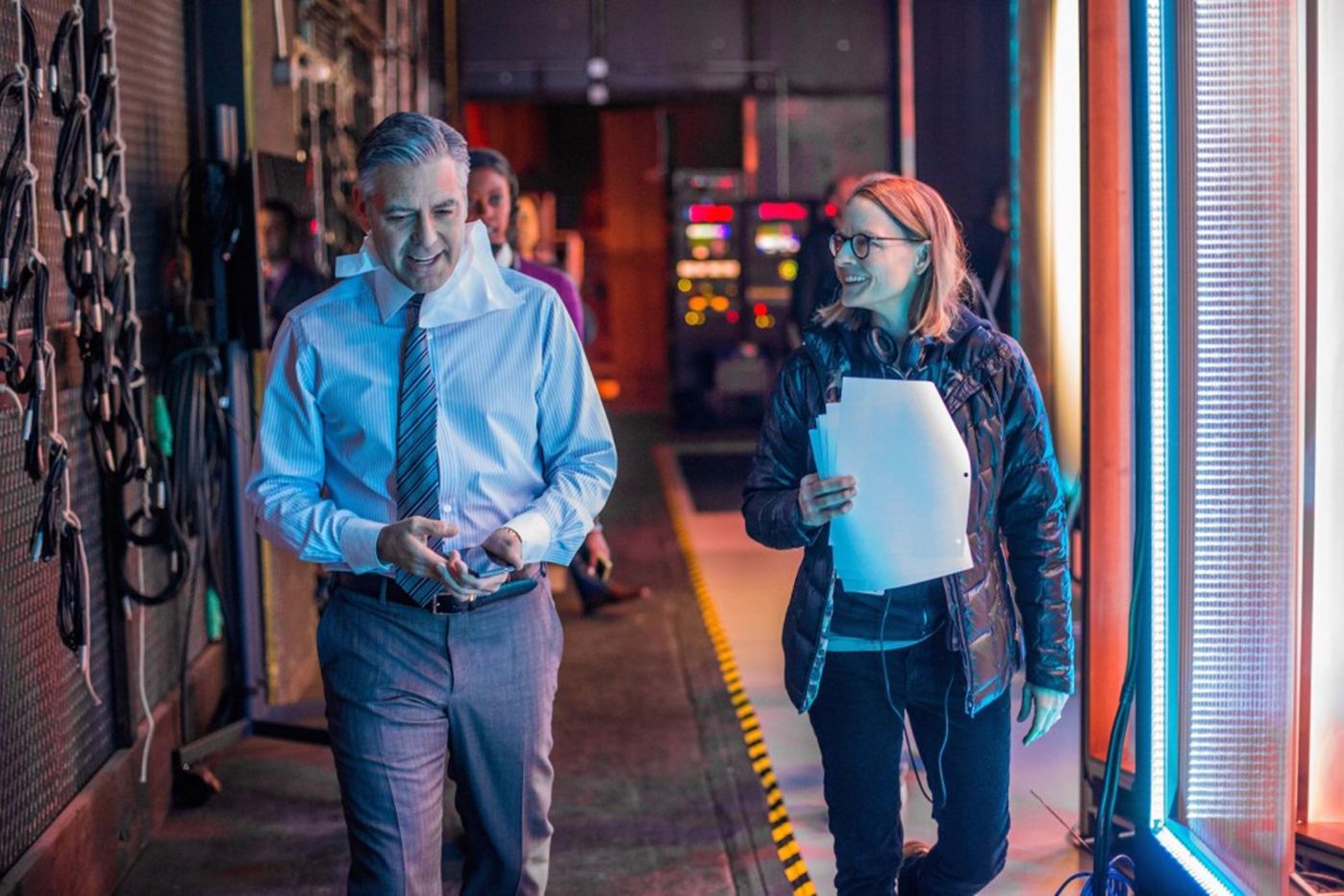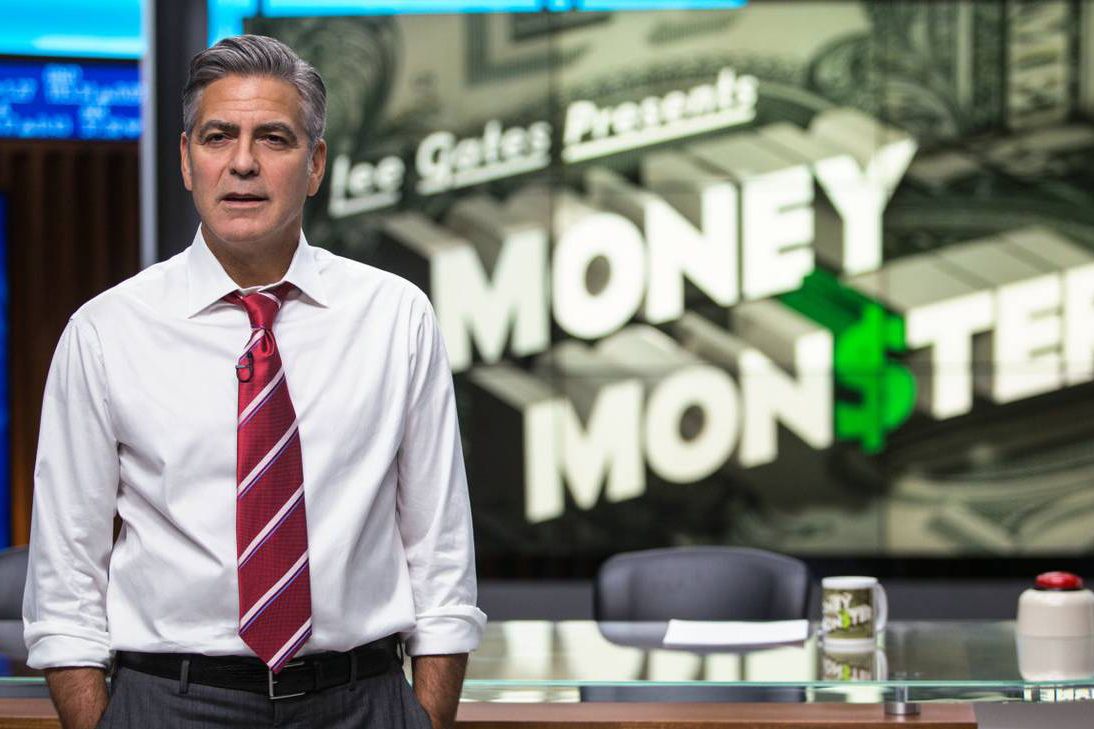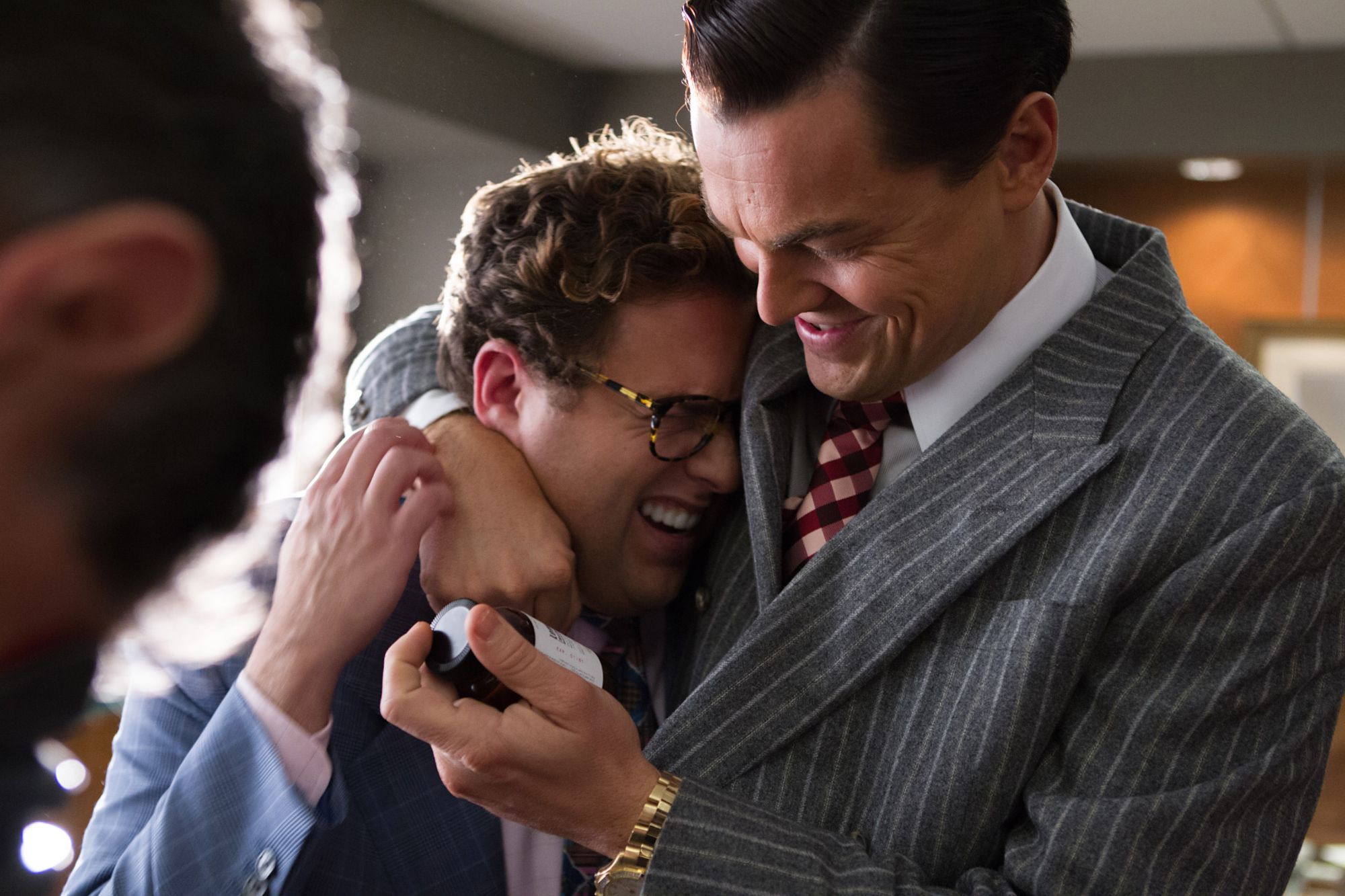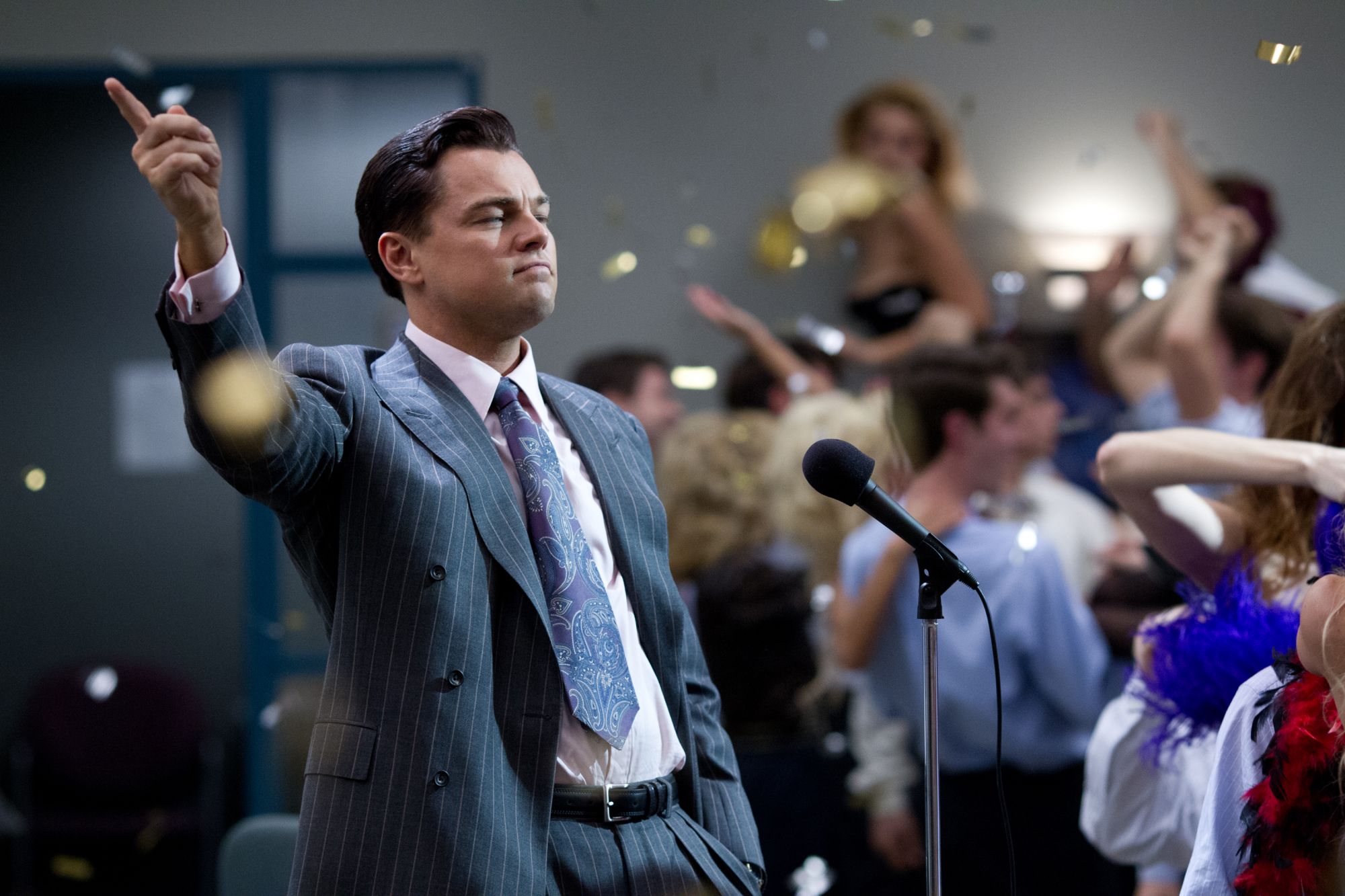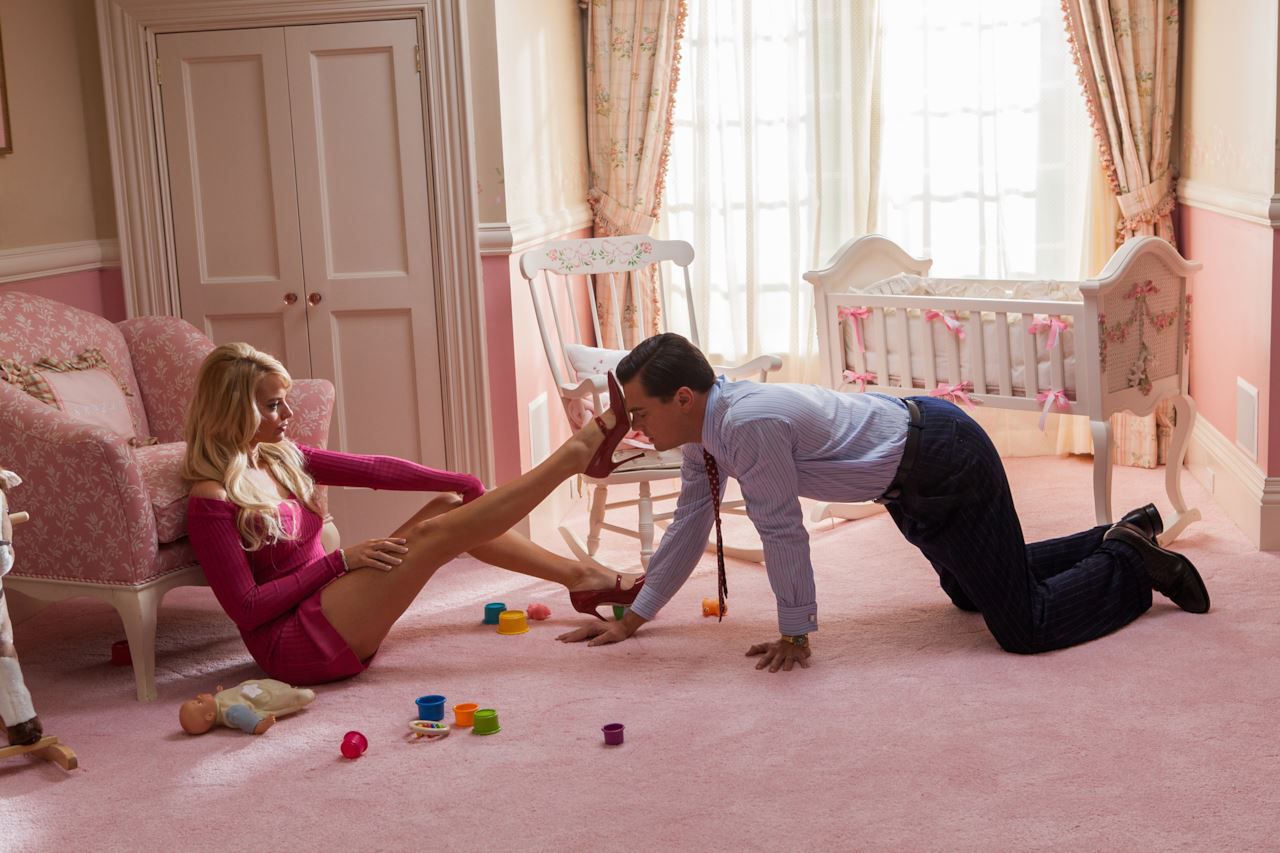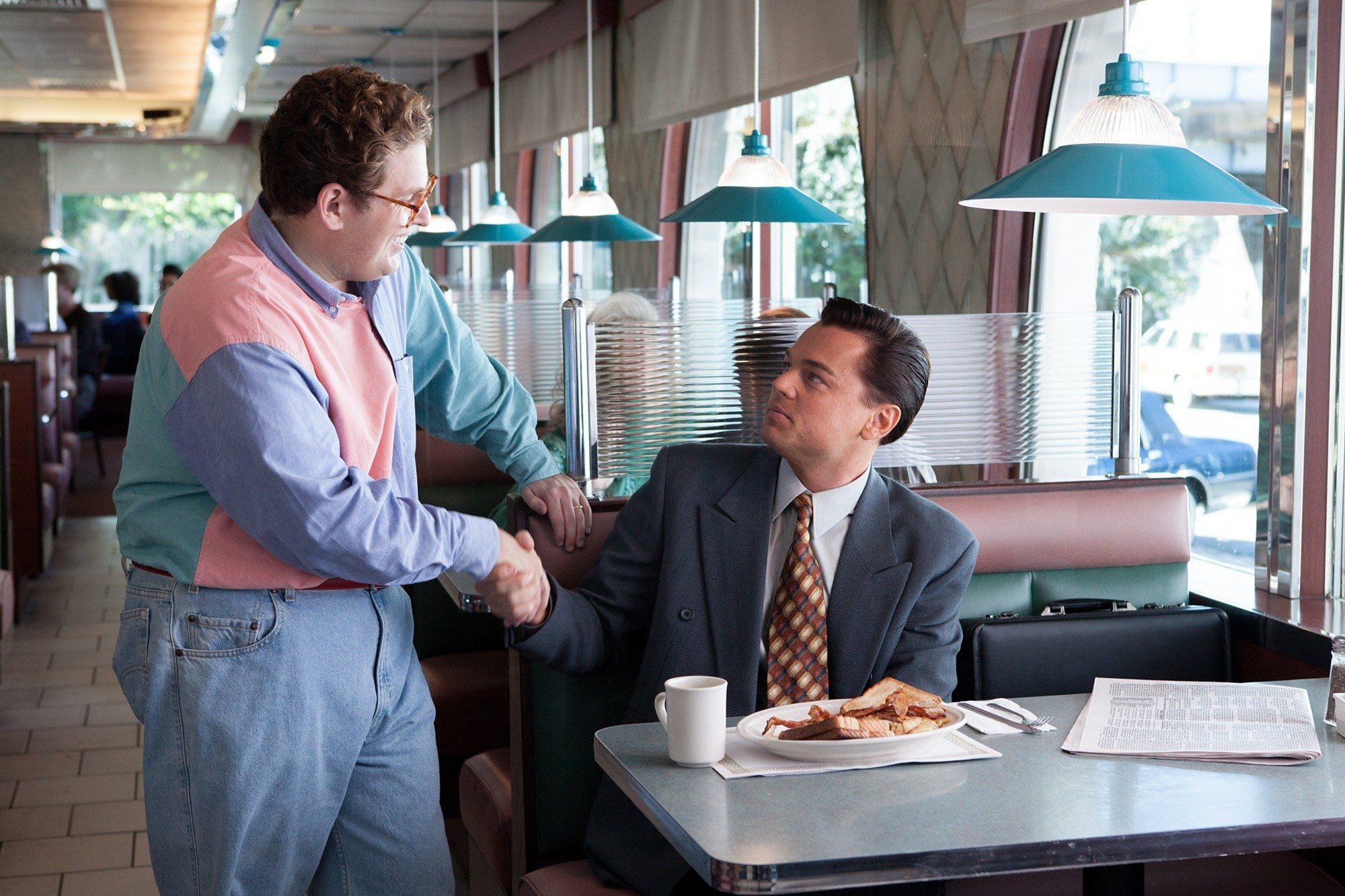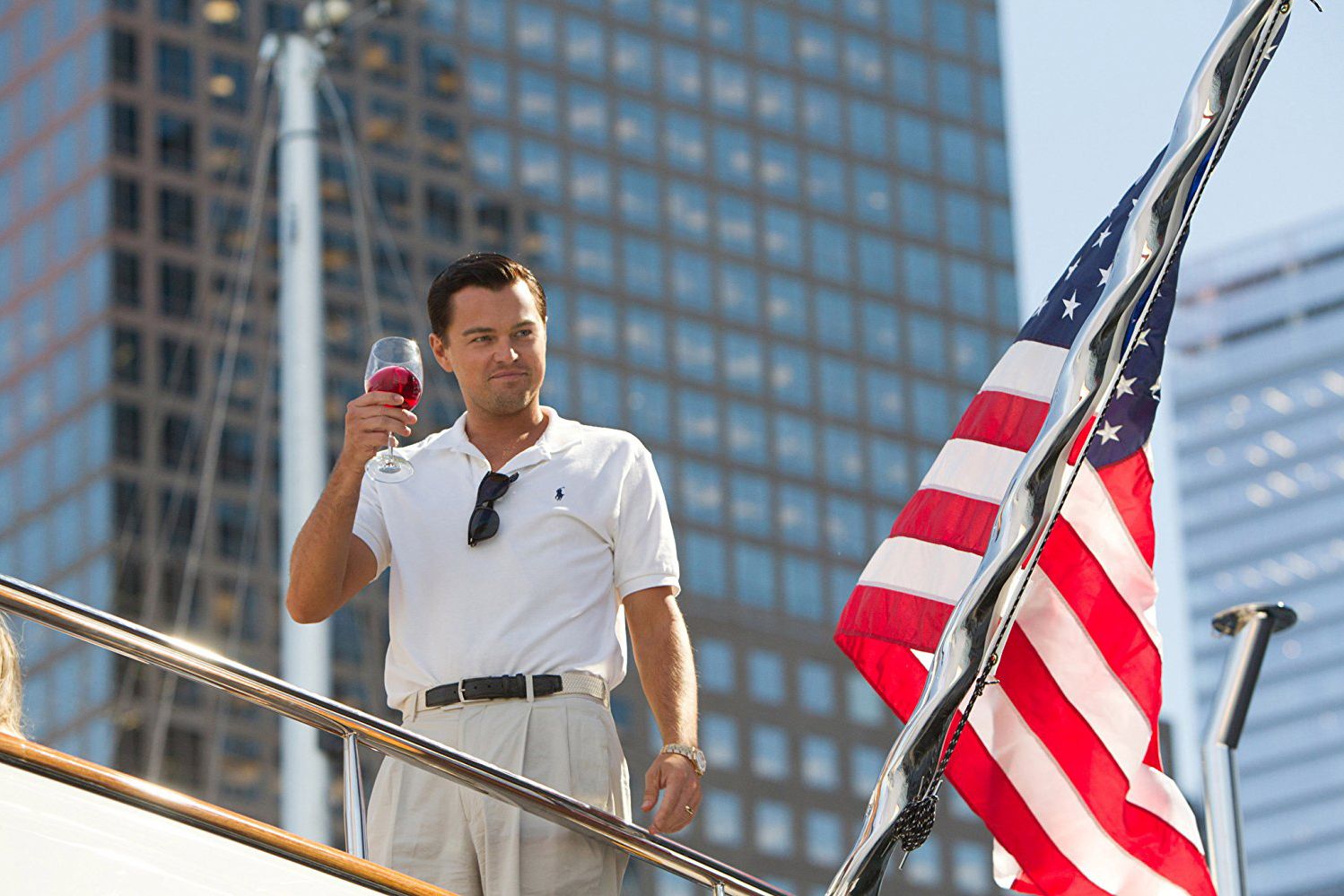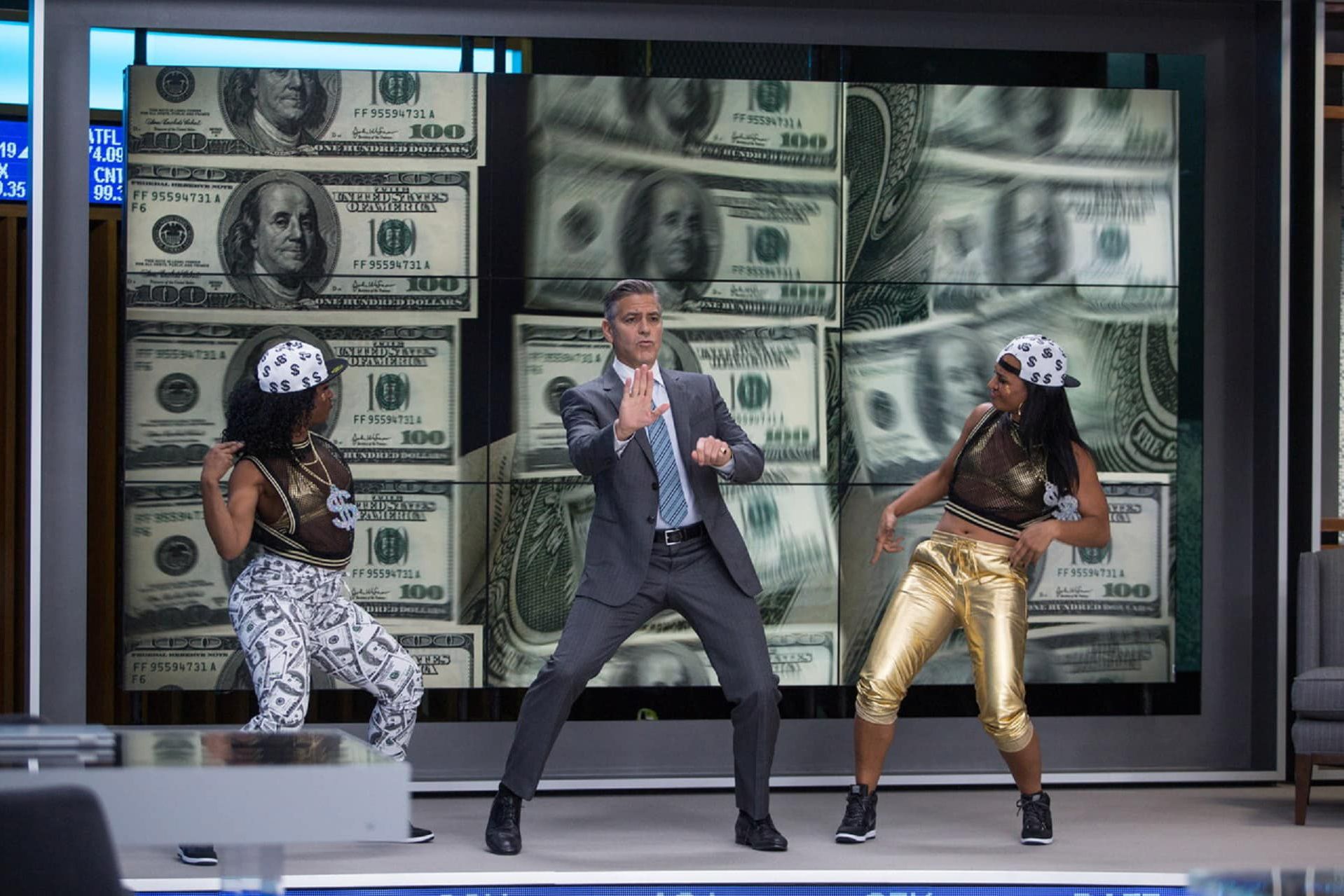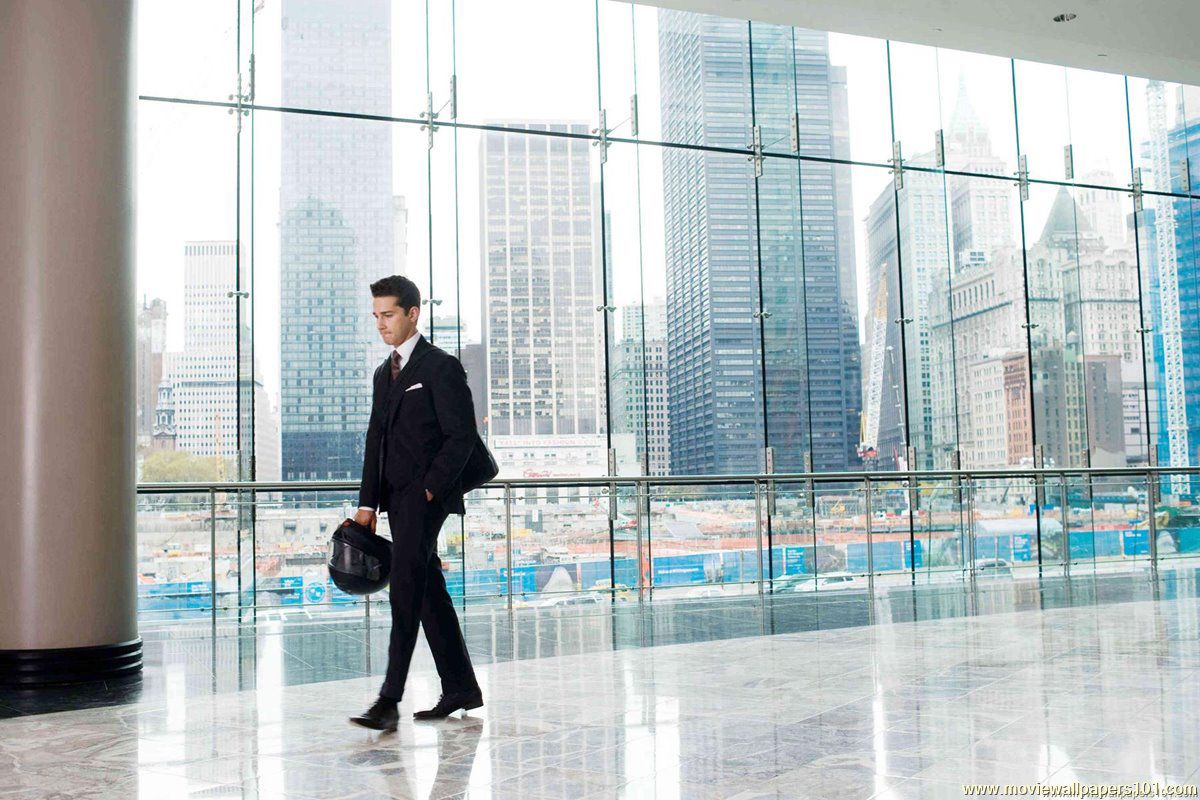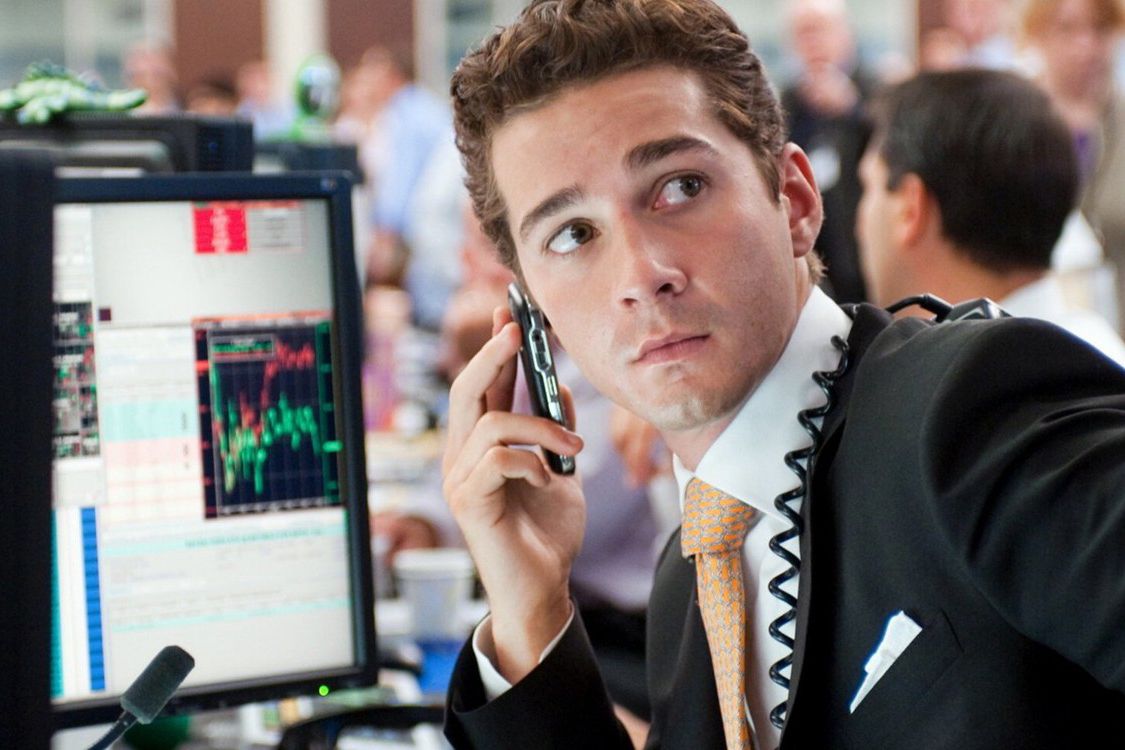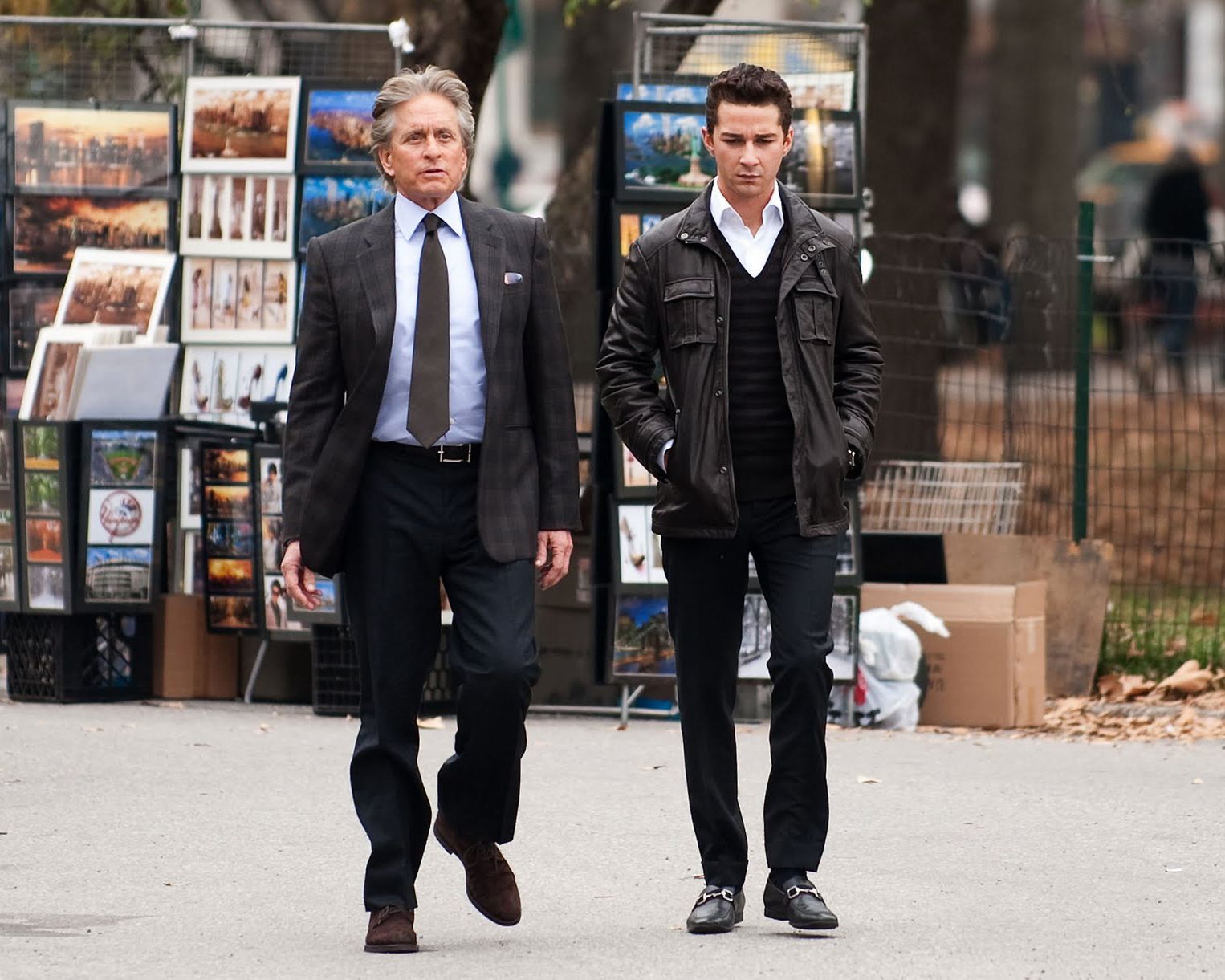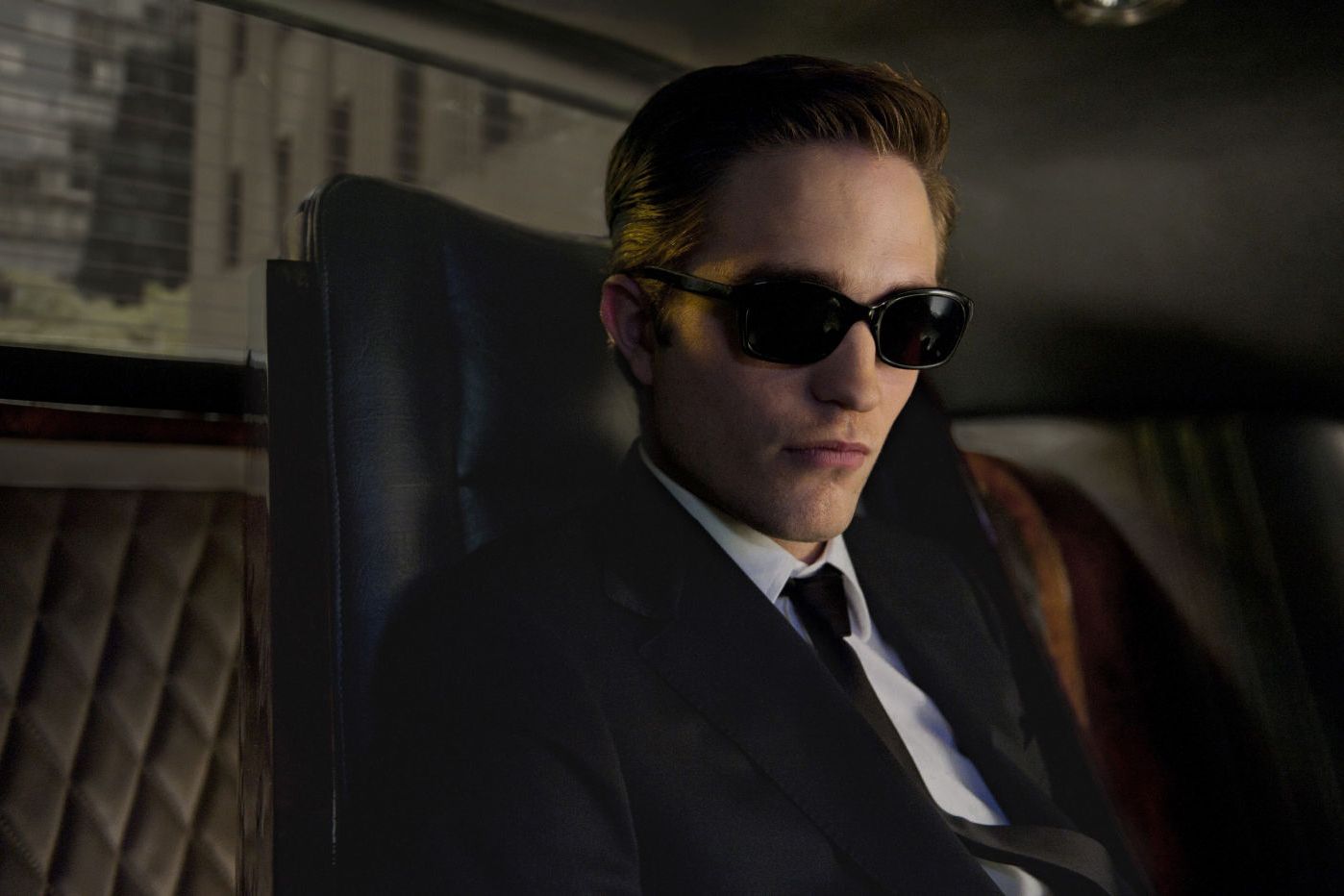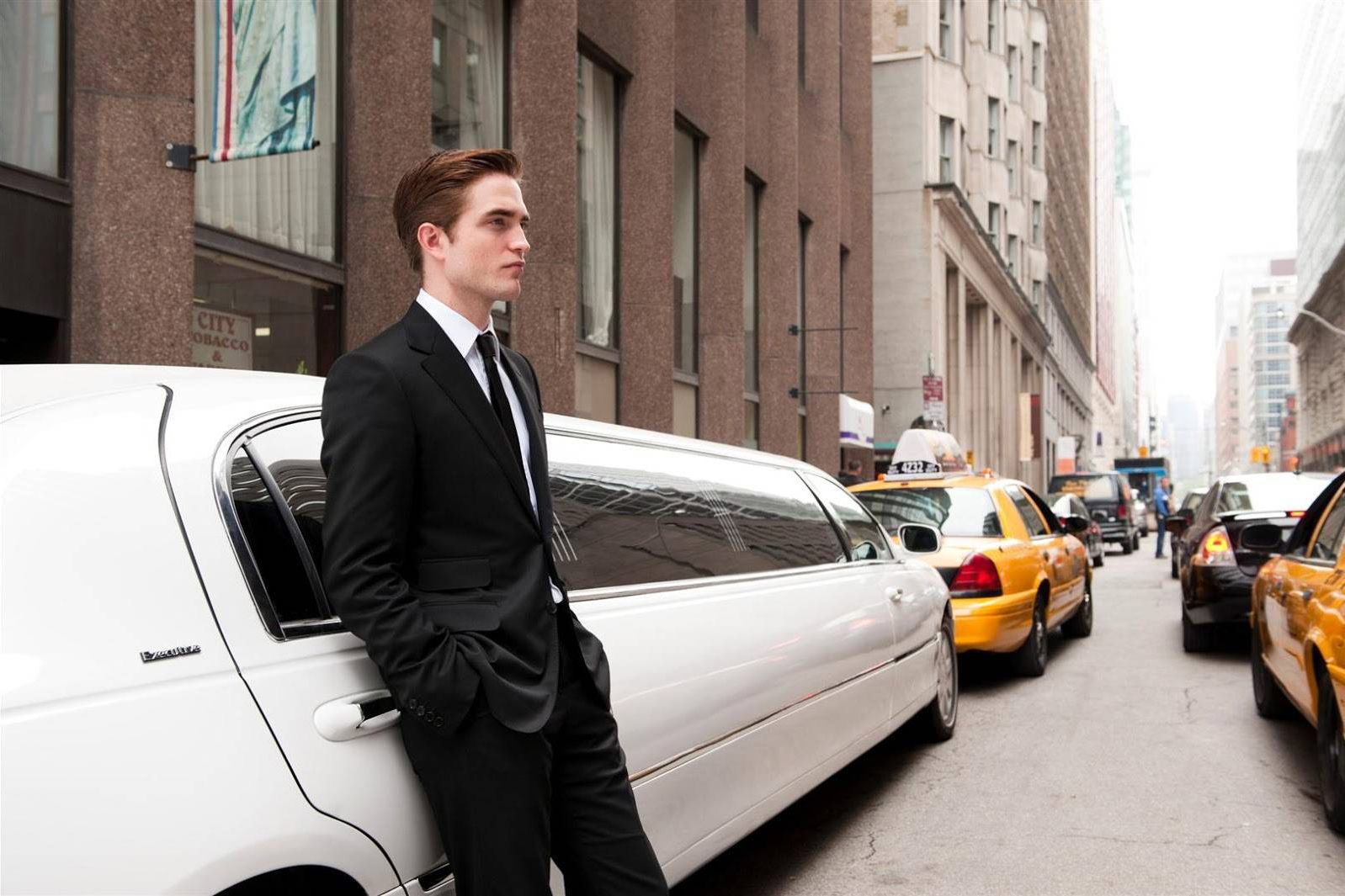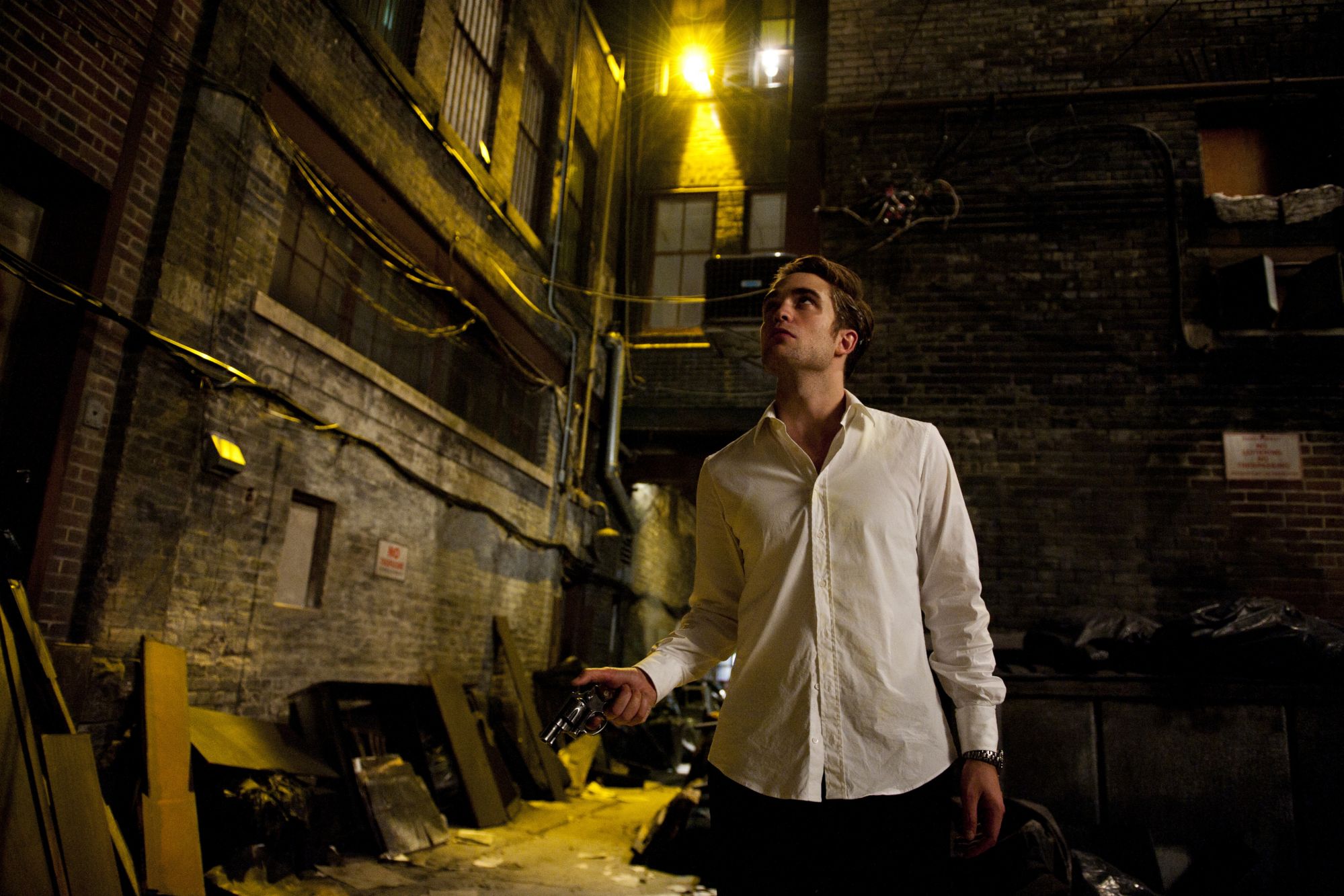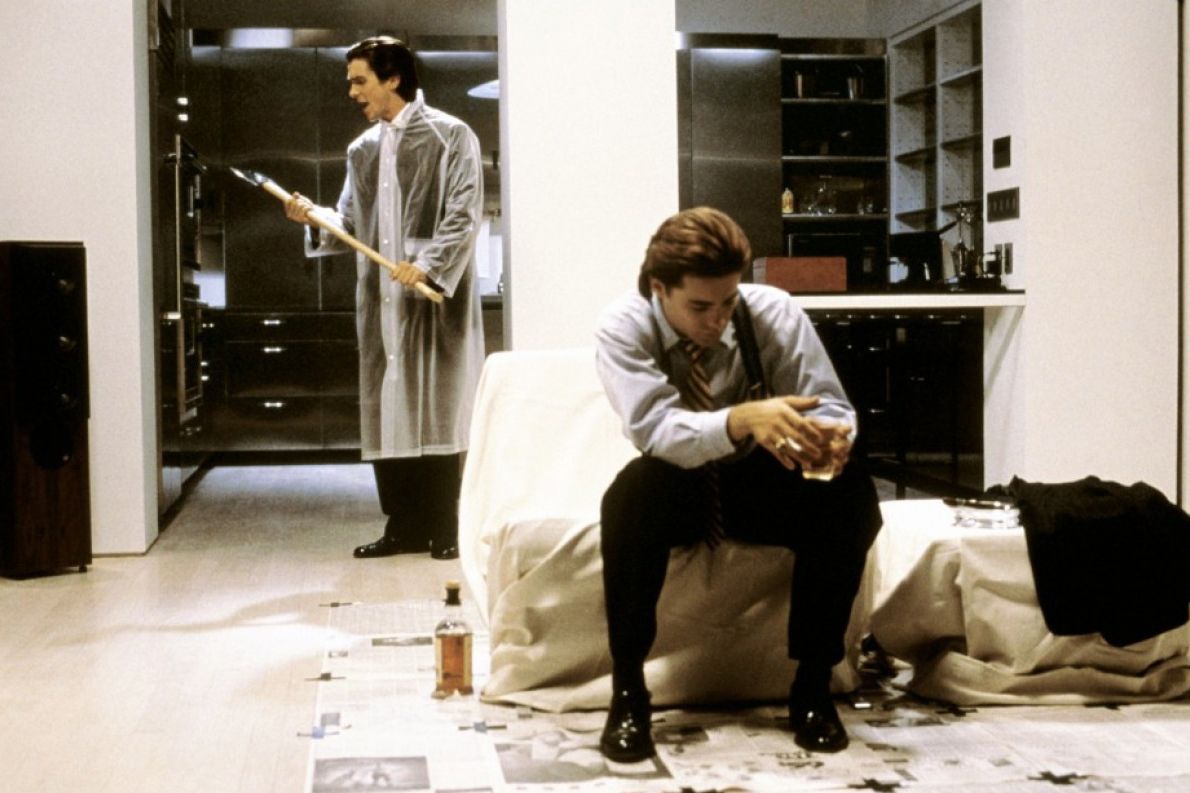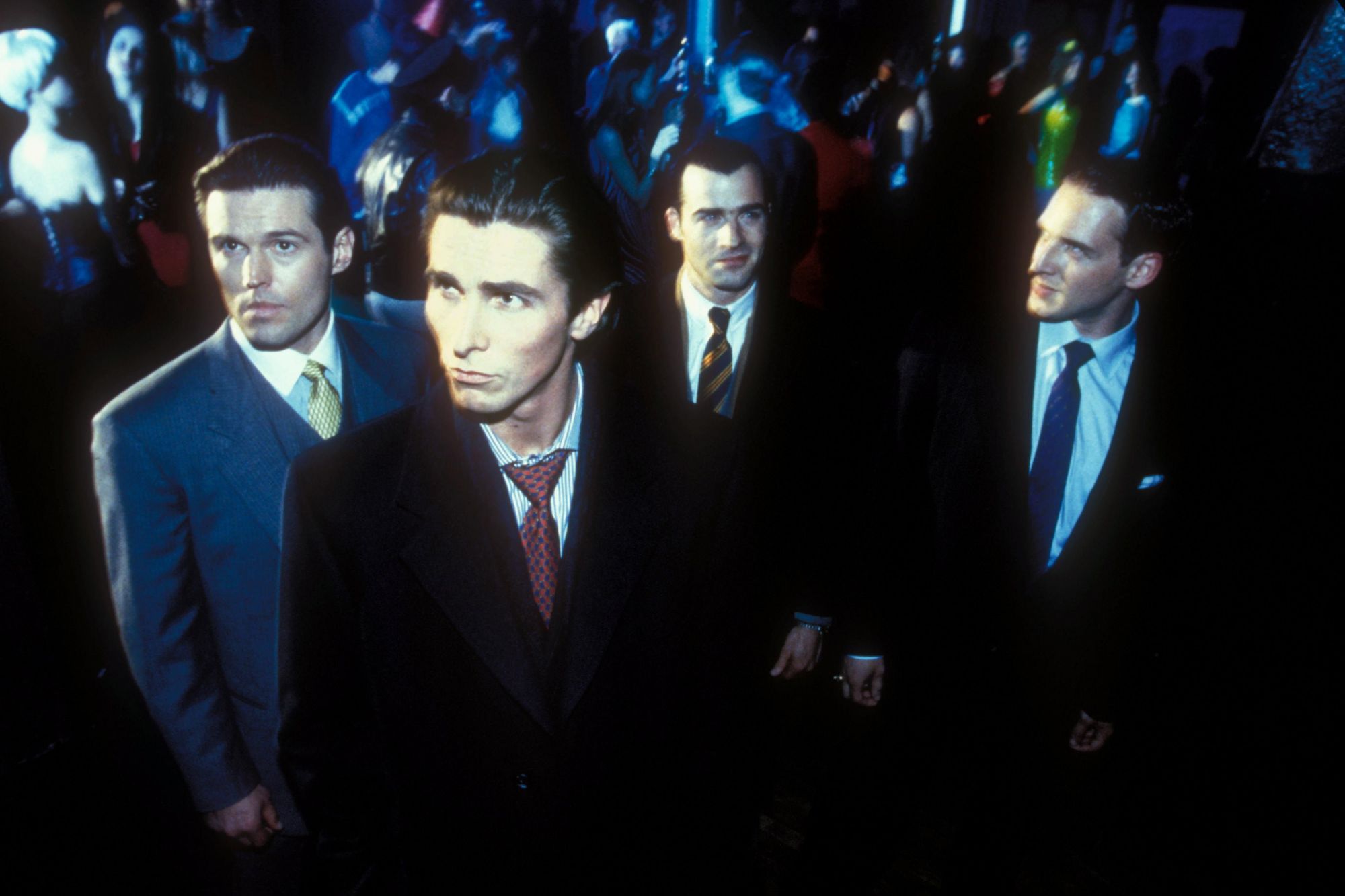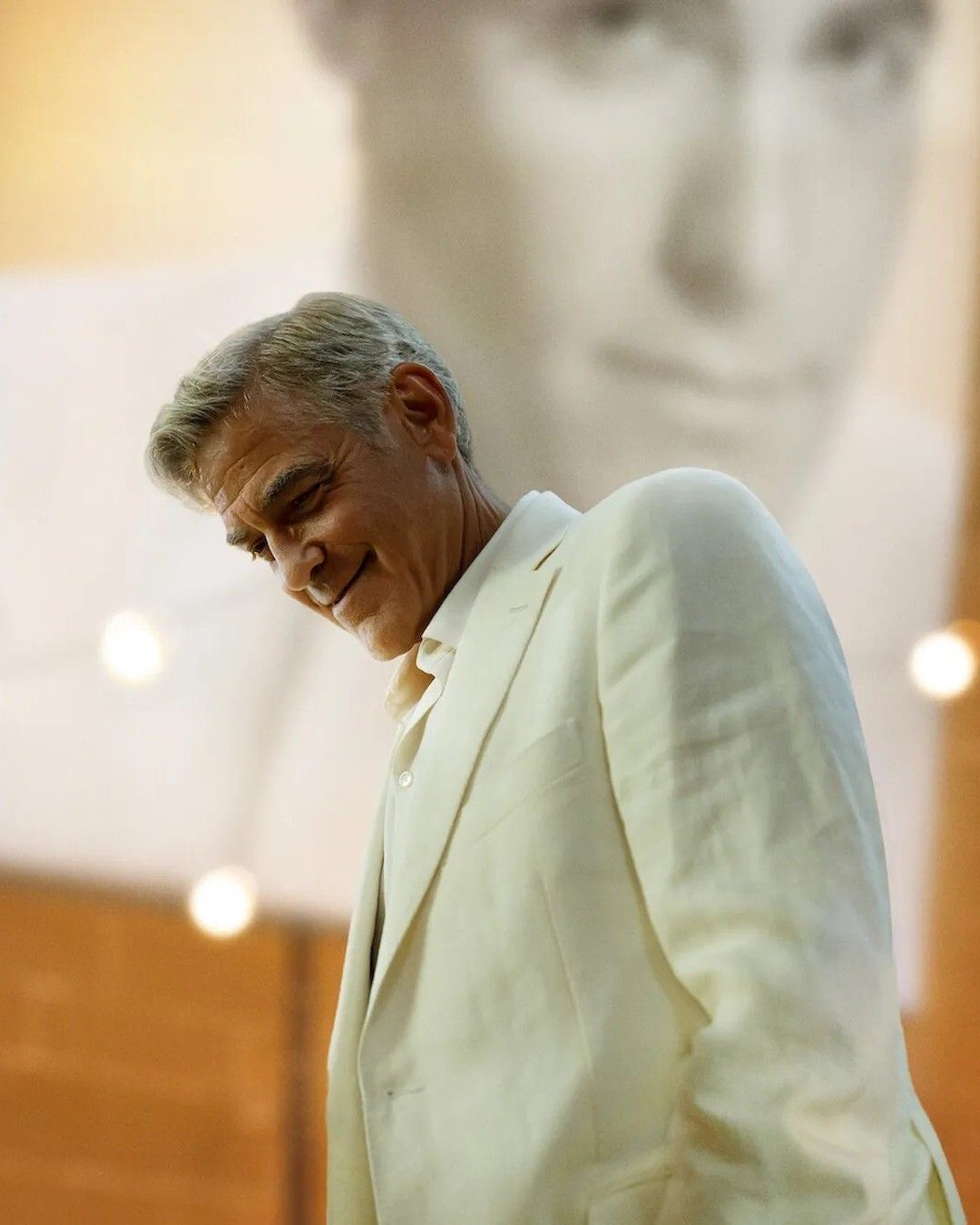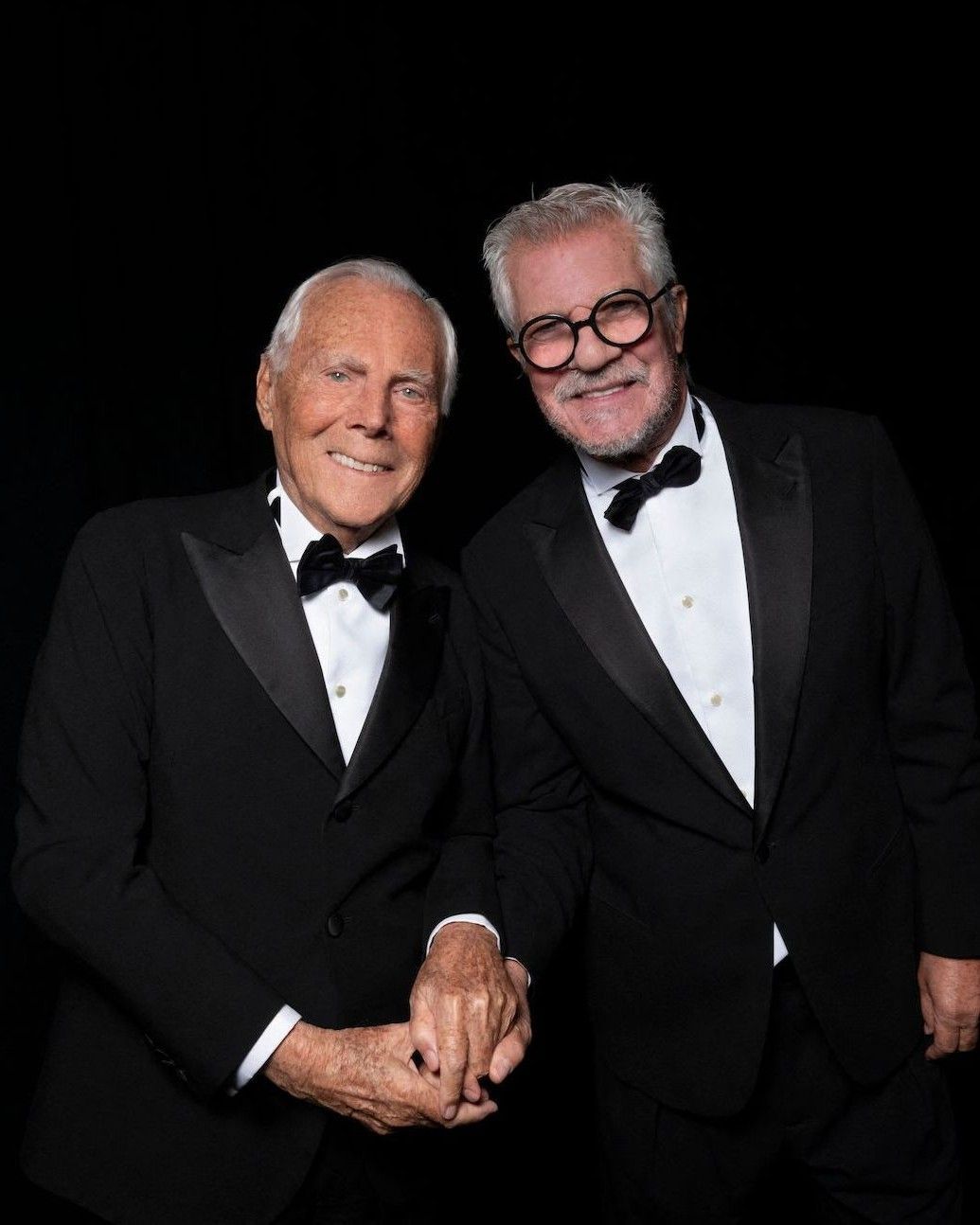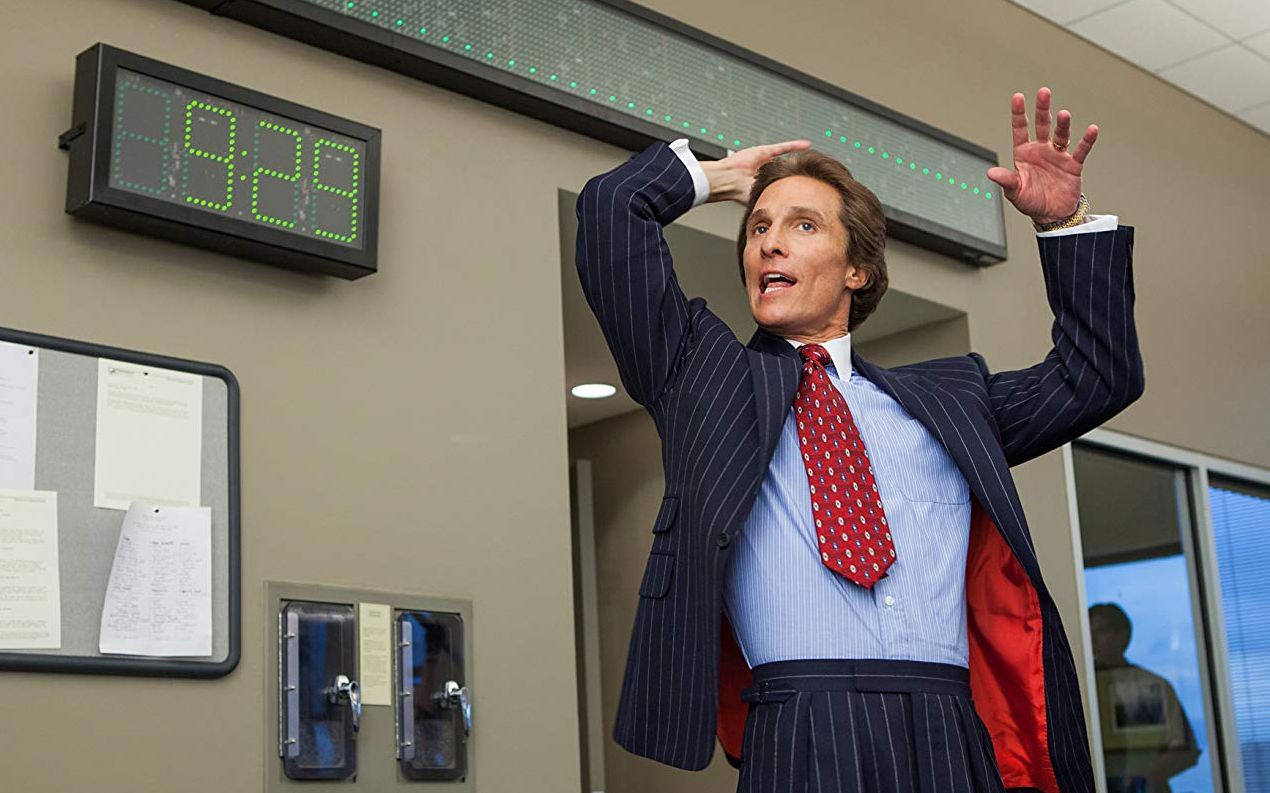
What's the Wall Street guy dress code in movies? The style evolution of the "wolves of Wall Street" on the big screen, from Christian Bale to Leonardo DiCaprio
These days see the debut of Devils, the short-series produced by Sky Original starring Alessandro Borghi and Patrick Dempsey. From the novel by Guido Maria Brera (2014), the series is a typical thriller in the high finance world: a game of power, money and perversity that fits well in the tradition of the Wall Street Films, all the movies about the rise to fame and moral dilemmas of the brokers who rule over the world's biggest markets.
In these films, a significative part is played by the costume design. The dress code of the perfect broker is a real uniform. Masters of elegance, the "wolves of Wall Street" are the fathers of the yuppie style (referring to all those young professionals who crave for individual success and dedicate themselves to a life of luxury and consumerism, opposite to the values of the hippy culture) and they stand in the name of the American Dream (and the mythology of "If I made it, you can make it"). They are living a curious contradiction: despite representing the conservative values of toxic masculinity, these guys indirectly paved the way to the concept of New Masculinity: they wear suits of the finest brands (Giorgio Armani, Valentino), braces, gold tie-clips and luxury watches and they rather wear Italian shoes. Their hair is always slicked back and the richest ones allow themselves with a gold pinky ring.
In its history, cinema is full of this kind of characters, from the adorable Mister Banks in Mary Poppins to the clients of Jennifer Lopez in Hustlers, Michael Douglas in Wall Street, Christian Bale in American Psycho and Leonardo DiCaprio in The Wolf of Wall Street. As years - or decades - went by, the perfect broker's style had a few changes itself.
The genre was inaugurated with the typical exception to the rule: It’s a Wonderful Life, (1946) by Frank Capra. It's the story of George Bailey (James Stewart), a simple man with a good heart who's been defeated by the evil system of loans and banks and has decided to end his life on Christmas' Eve (spoiler alert: he will be saved by his guardian angel). Despite its difficulties, Bailey is always as stylish as you'd expect from a 1940's gentleman: he wears wool suits, long coats and wide-brimmed hats. Good feelings also resist in the most famous Christmas cult of all time: Trading Places by John Landis, with an incomparable Eddie Murphy. But we're not in the 40s, no more; in the 80s wool coats have been replaced by giant fur necks, the suits are more slim-fitting and the first button of their jacket must be fastened. At the same time, some colours are taking over: grey suits, blu (mostly striped) shirts with white necks and red ties or braces.
The 80s are the stage of another fundamental film: Wall Street (1987) by Oliver Stone, that associates for good the figure of the broker with the one of the financial criminal, inspired only by his greed (there's the famous quote from Gordon Gekko, played by Michael Douglas: “Greed, for lack of a better word, is good”). High finance men keep wearing wonderful suits, but they often take off their jacket and wonder in their offices only wearing colourful braces, making them the symbol of success to the eyes of the main character Bud Fox (Charlie Sheen).
Yuppie style resists in the 2000s, opening the new Millenium with a movie that would have changed forever the broker's aesthetic (and masculinity in general too): American Psycho (Mary Herrant, 2000), from the homonymous Bret Easton Ellis' novel (the first success of Christian Bale). The leading guy Patrick Bateman is a psychopath serial killer who's obsessed with his look (and others' too, considering all the comments he makes about the outfits of his secretary, Chloë Sevigny). The concept itself of "look" is so important that the first scene of the film is dedicated to the explanation of his precise daily “beauty regime”, which includes a workout, face beauty masks and whatever product comes to your mind. Fashion is fundamental, too: suits by Valentino Couture, Armani ties, (supposed) travel bags by Jean Paul Gautier makes him the father of an entire generation of metrosexuals – opening the doors to the New Masculinity.
In 2010, Oliver Stone directs the sequel of his Wall Street: Wall Street – Money Never Sleeps, in which a no-more-young Michael Douglas goes out of prison and has to face a new generation of brokers represented by Shia LaBeouf, who prefers a leather jacket and Gucci loafers to the most traditional suit. Though it's Robert Pattinson who takes Wall Street back to its glory days, starring in Cosmopolis by David Cronenberg (2012). The black sunglasses is the only thing that stays alive because the style is completely changed: black is the predominant colour, taking over the suit and even the tie.
Finally, the most famous example: 2013 is the year of The Wolf of Wall Street by Martin Scorsese, a film that made history not just because it's good, but because we will remember it as the biggest Oscar® missed by DiCaprio. To the supervision of the protagonist's costumes, Scorsese calls Giorgio Armani, who does the finest job and takes back yuppie style at the centre of the media scene. At the beginning of his career, Jordan Belfort wears with shades of soft grey and pleated pants, but when he becomes a successful broker his favour turns to striped suits in black and blue. Off duty is important, too: in the iconic scene on his yacht, DiCaprio styles a white and blue Ralph Lauren's polo with beige pants and a cotton belt.
Recently, The Big Short (2015) by Adam McKay testify the taking over of casual, while the traditional broker uniform survives only in the protagonist (an unrecognizable Ryan Gosling surrounded by colleagues not wearing jackets and ties). The age of perfect suits is over, it's time for the men of Wall Street to tell the story to the great public that they're “one of them”. George Clooney in Money Monster (2016) by Jodie Foster does it impeccably: he comes on the scene perfectly dressed, even wearing a matching vest, but in a few seconds he makes himself ridiculous, then takes over his jacket and loosens his tie knot.
The broker dress code is a staple point in the tradition of men tailoring (women are missing in this picture, except for films as Working Girl with Melanie Griffith and The Associate with Whoopi Goldberg). Over the years, this style has changed fits and colours (the more bastard and rich you are, the more bright you dress, while the newcomers wear grey suits and white shirts), but the biggest law above it all is the one of immortal elegance. Some may see some remnants of the old concepts of “Toxic Masculinity”, weirdly co-existing with an approach to fashion that's typical of the new gender-fluid generations.
Despite its contradictions, the yuppie style survived almost 40 years of fashion history. Who knows if it's going to survive to Alessandro Borghi and Patrick Dempsey.










































